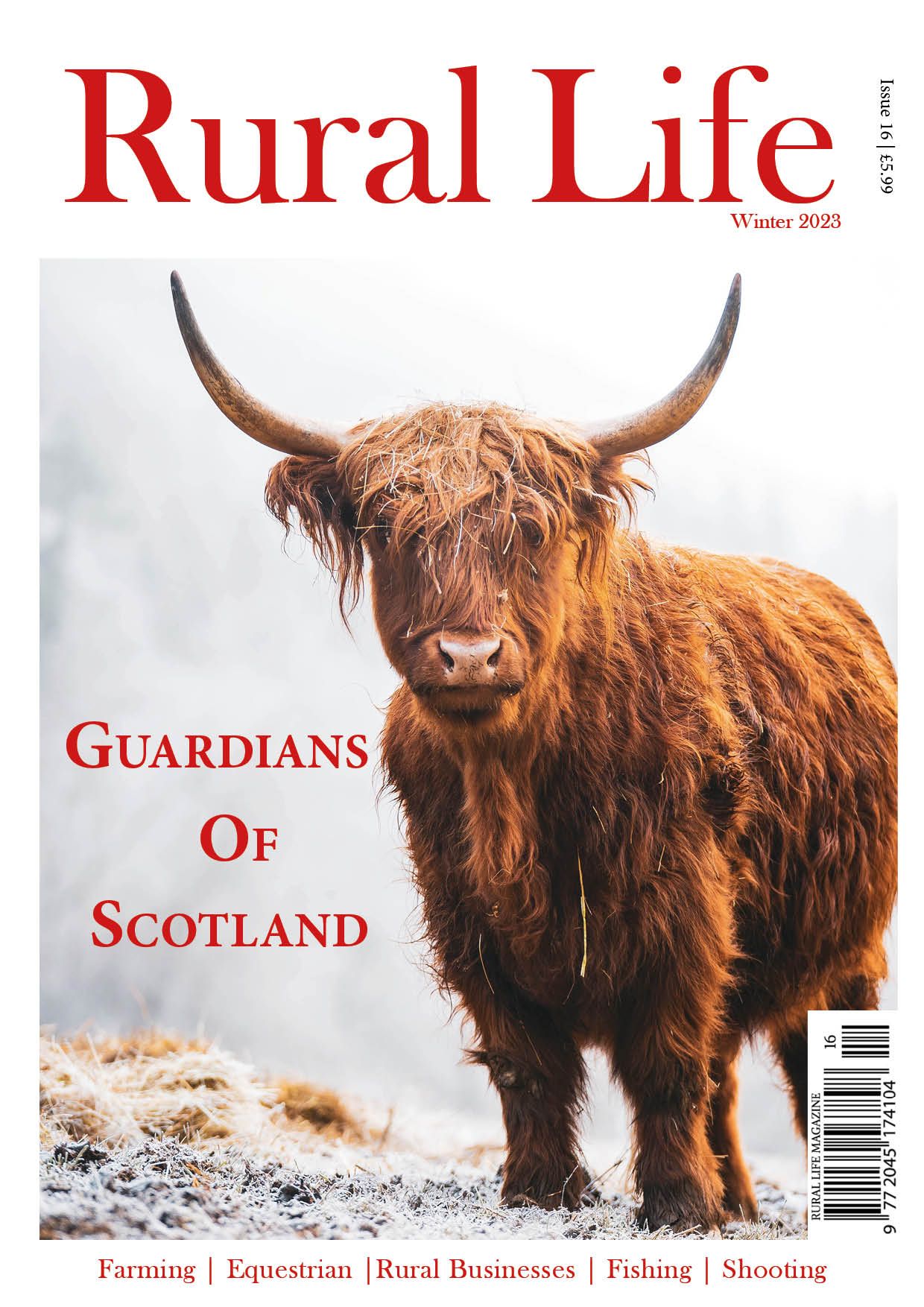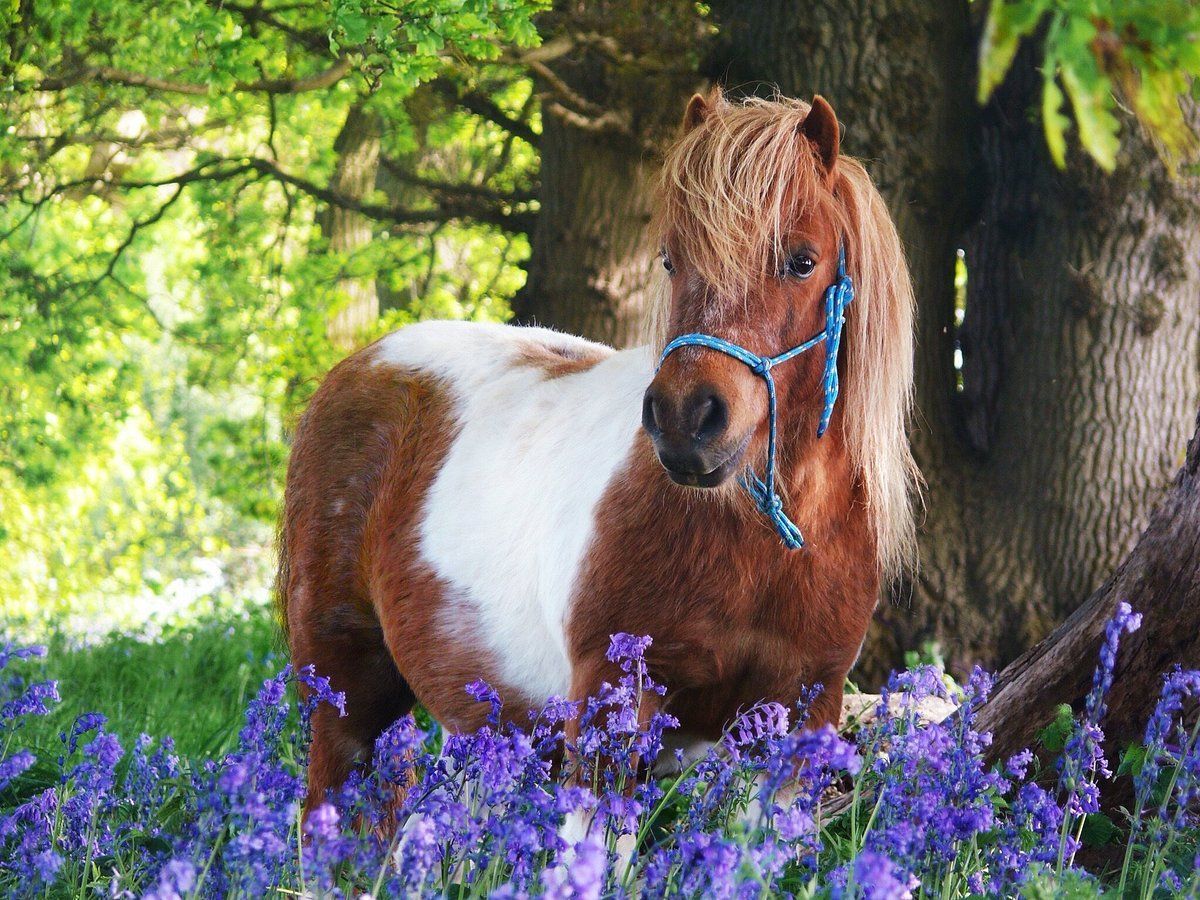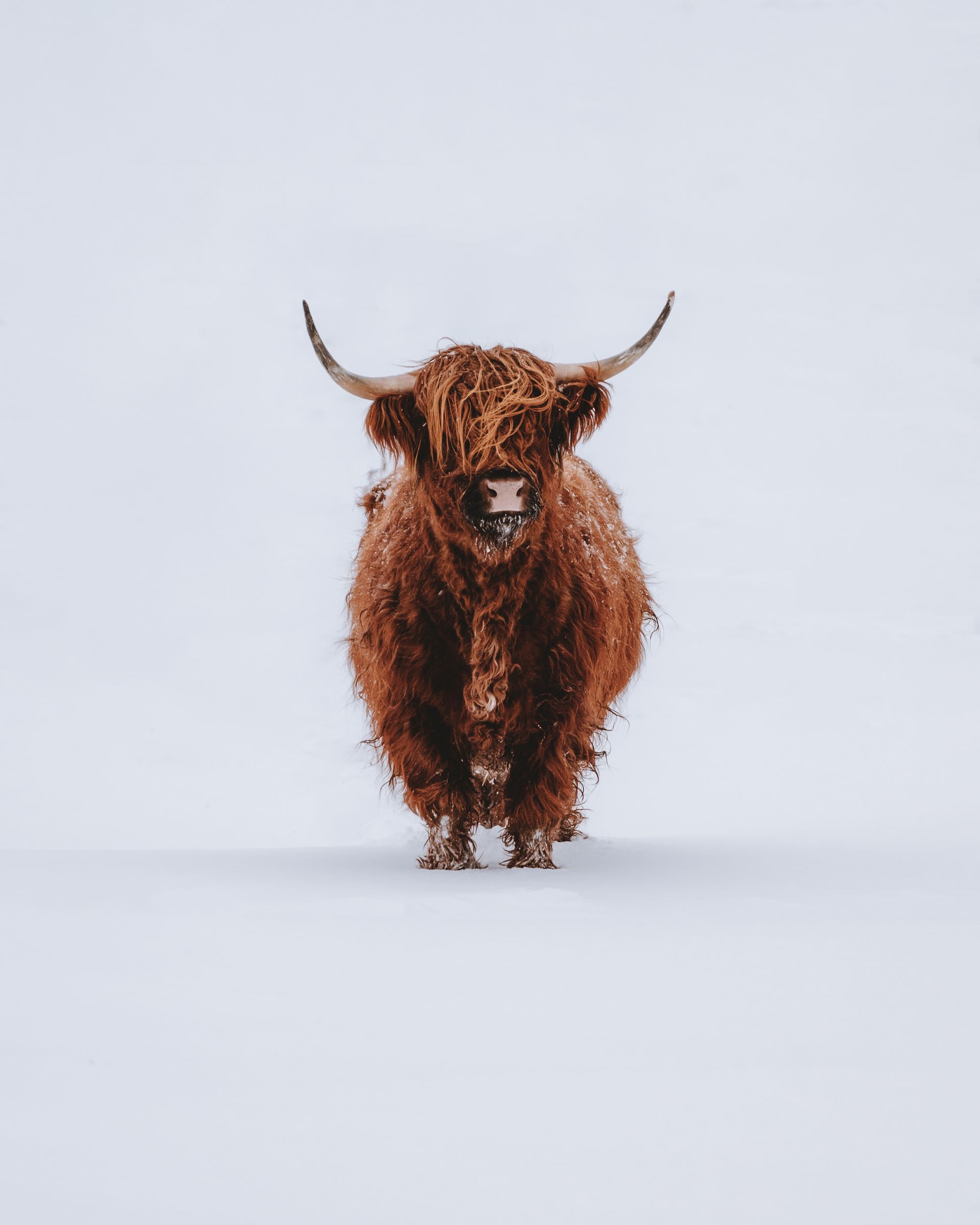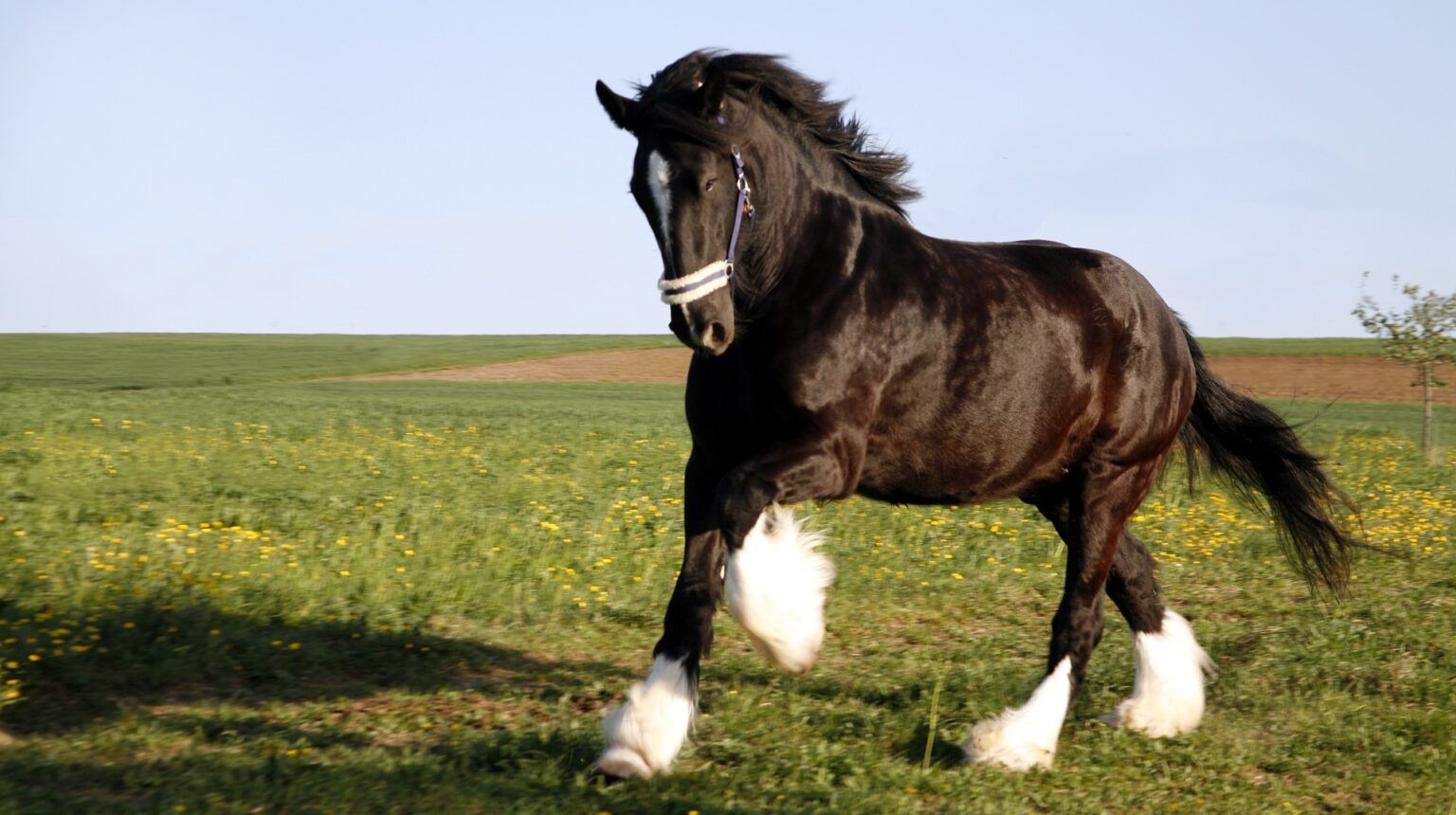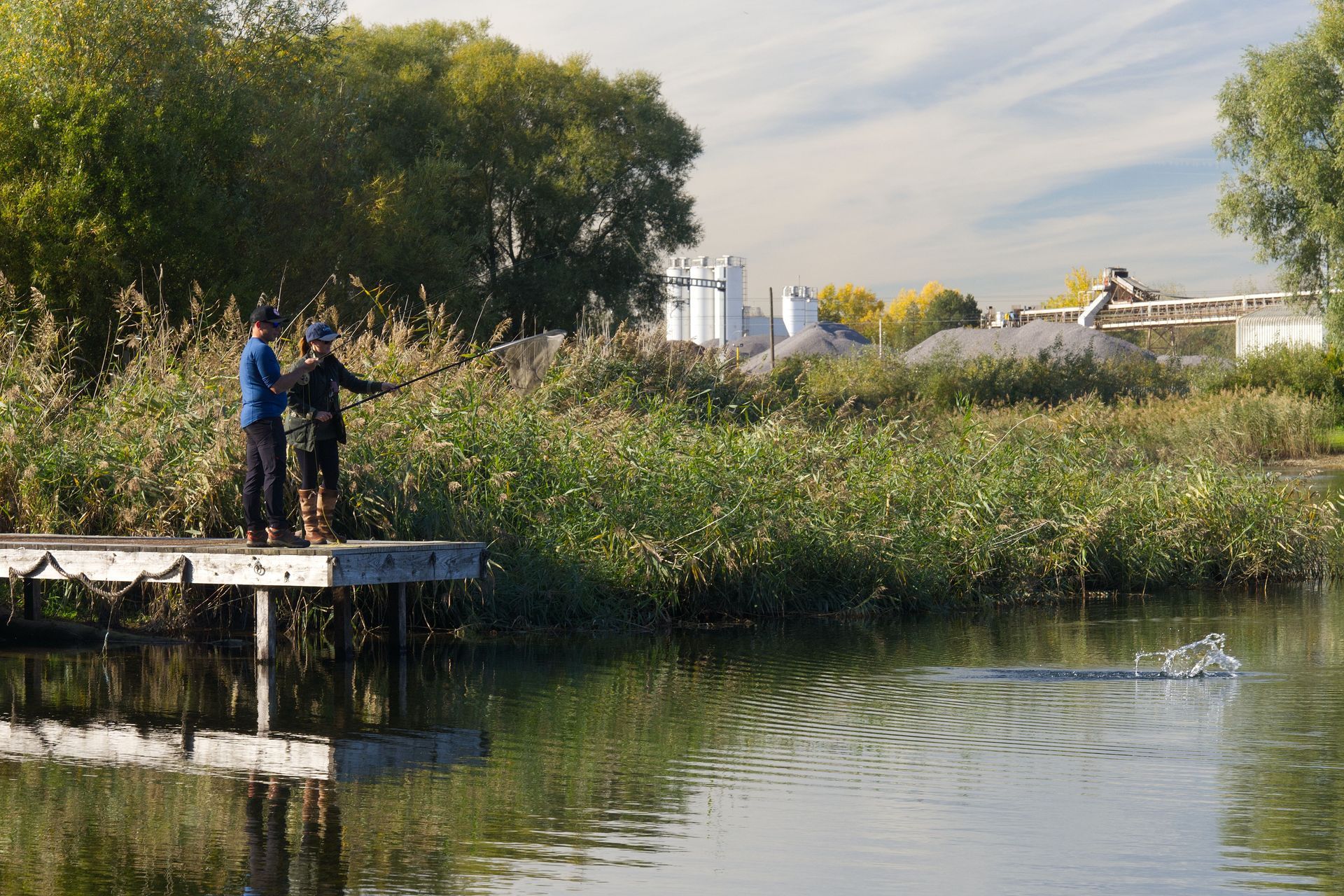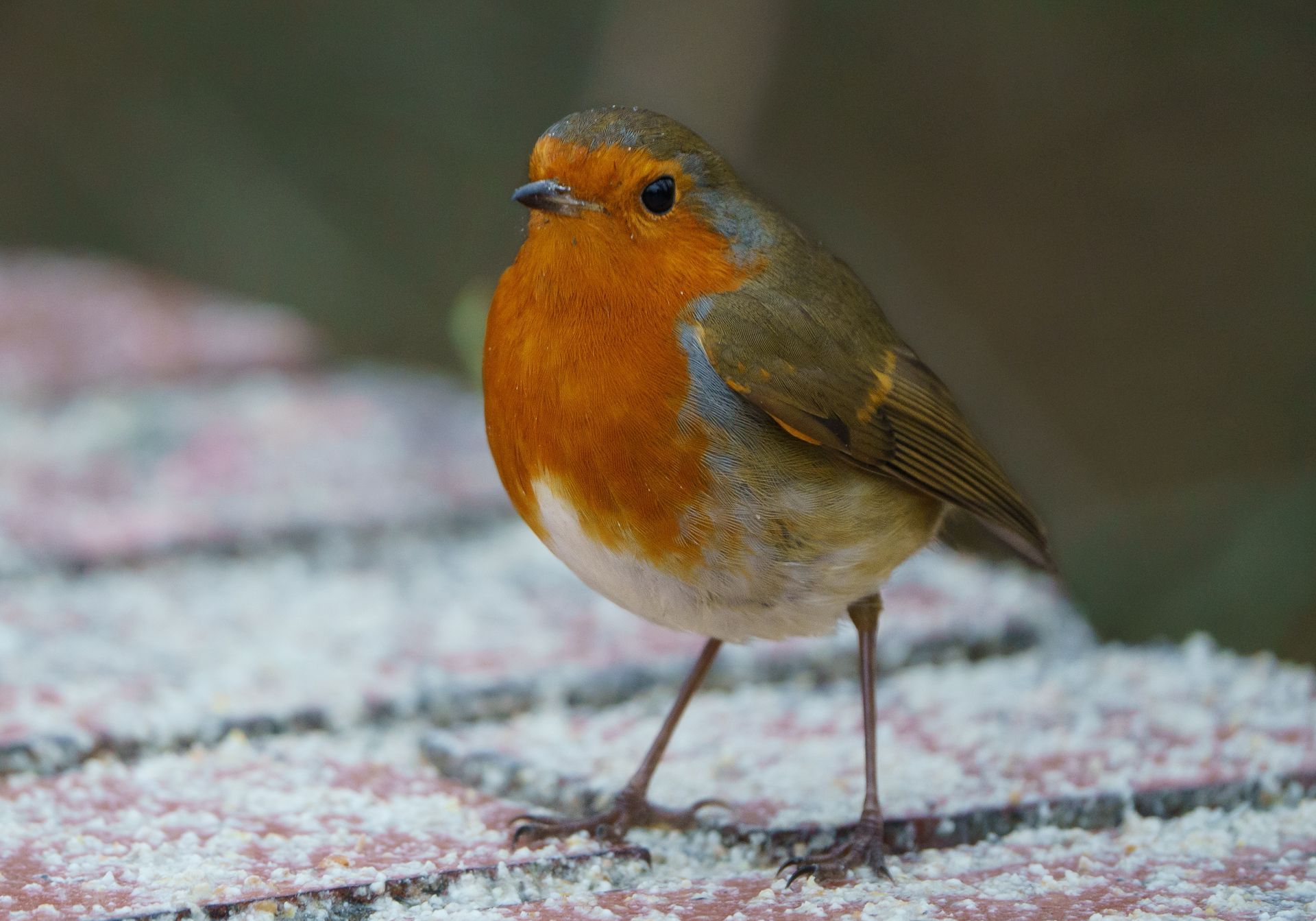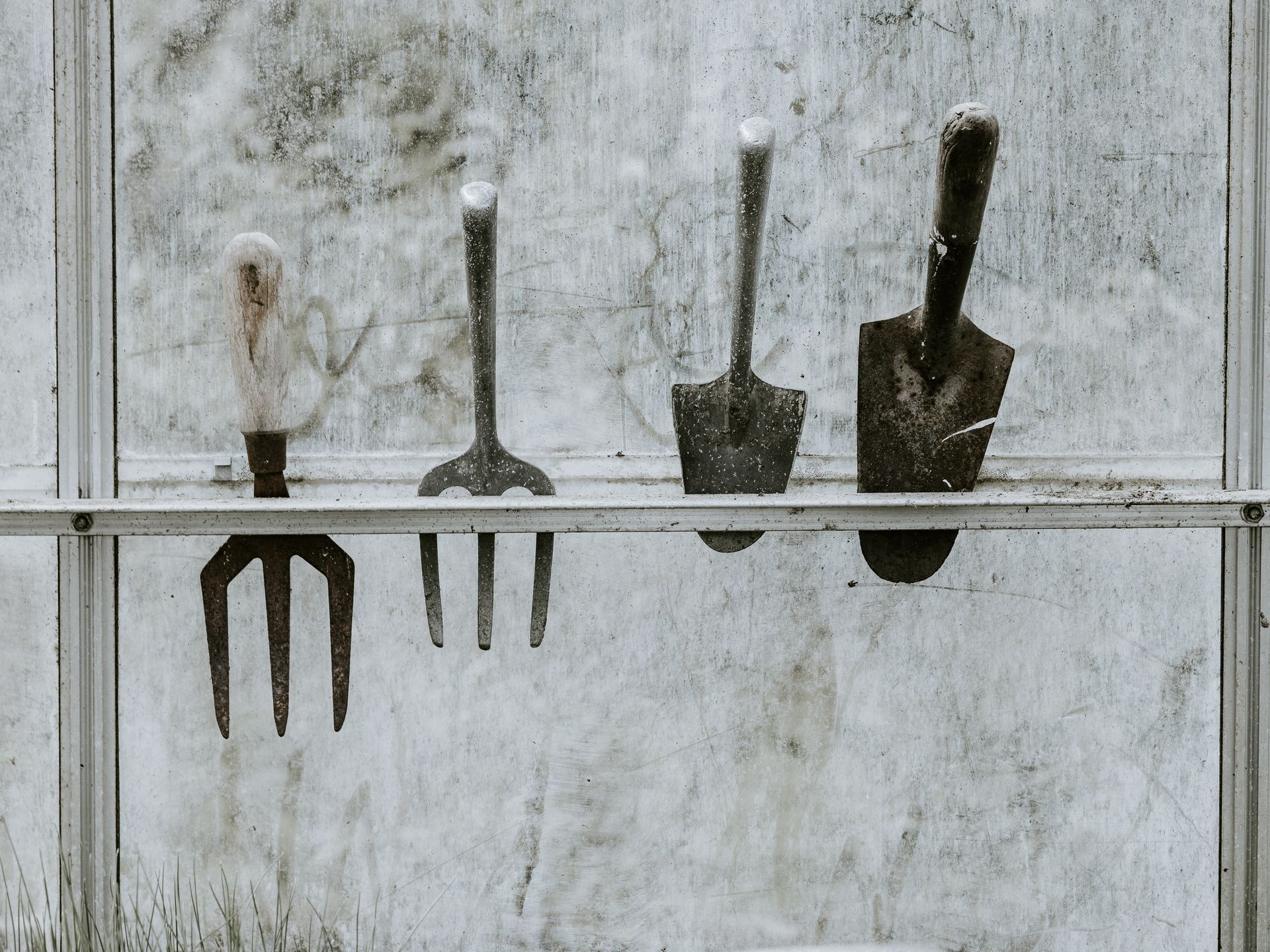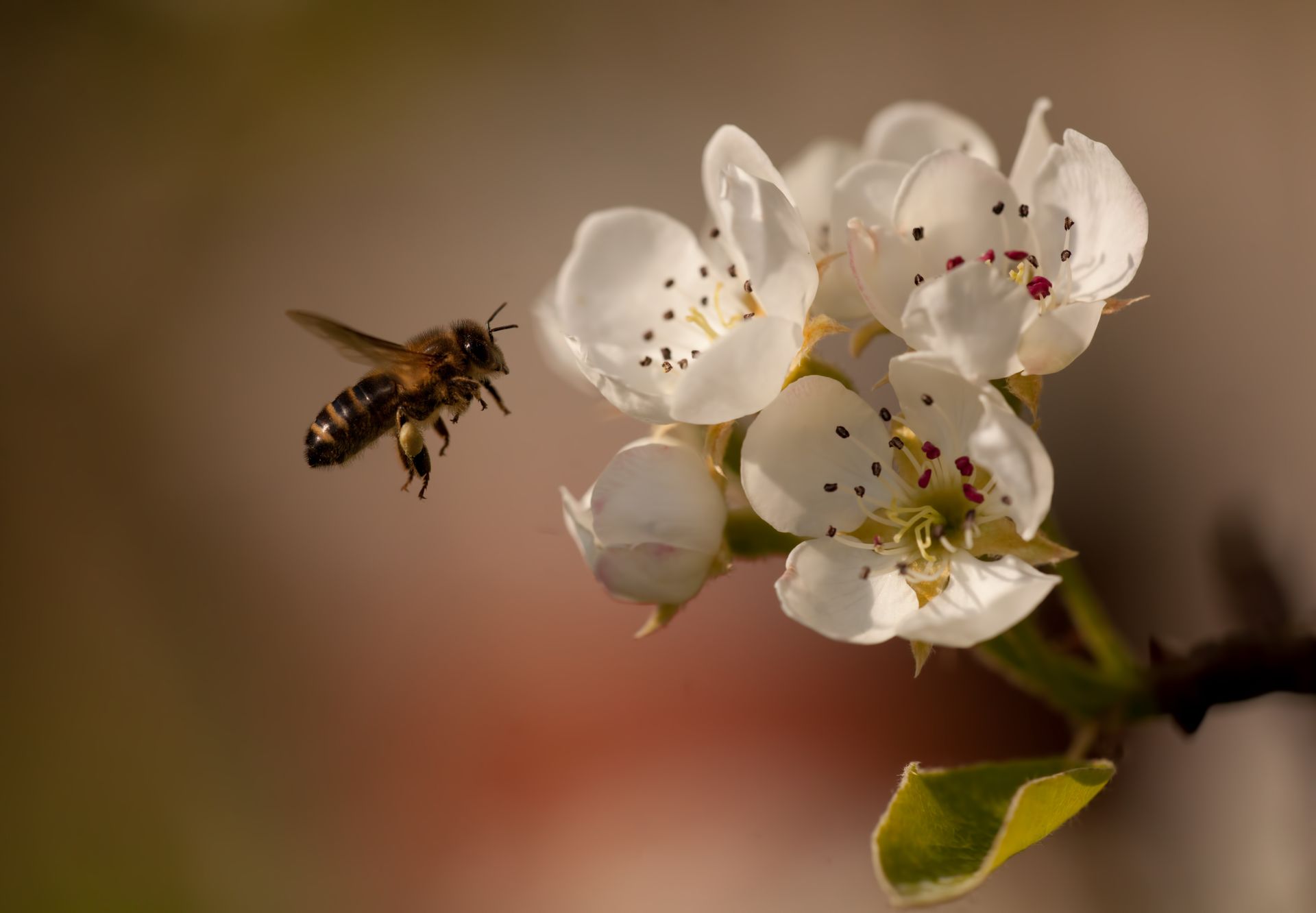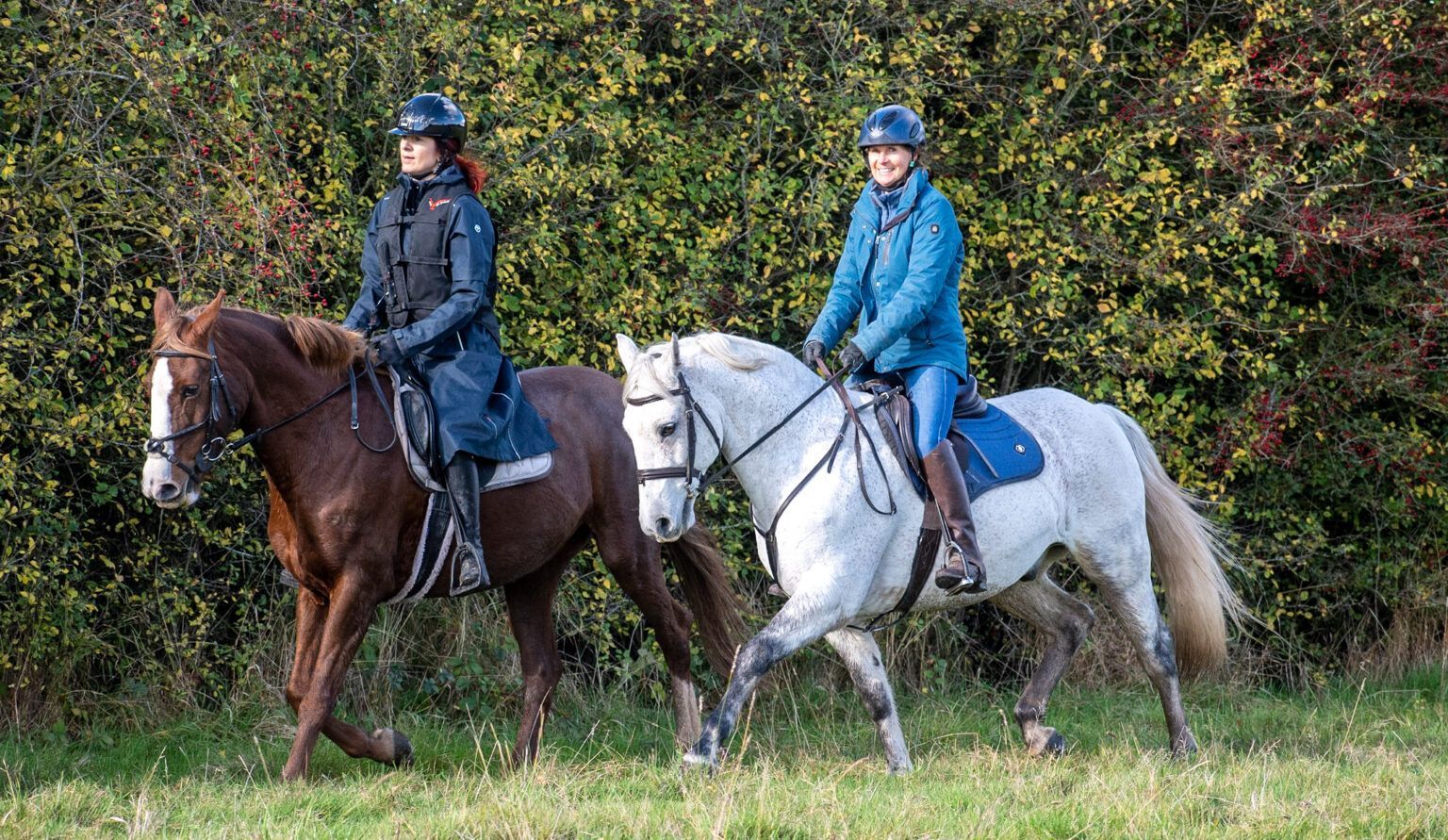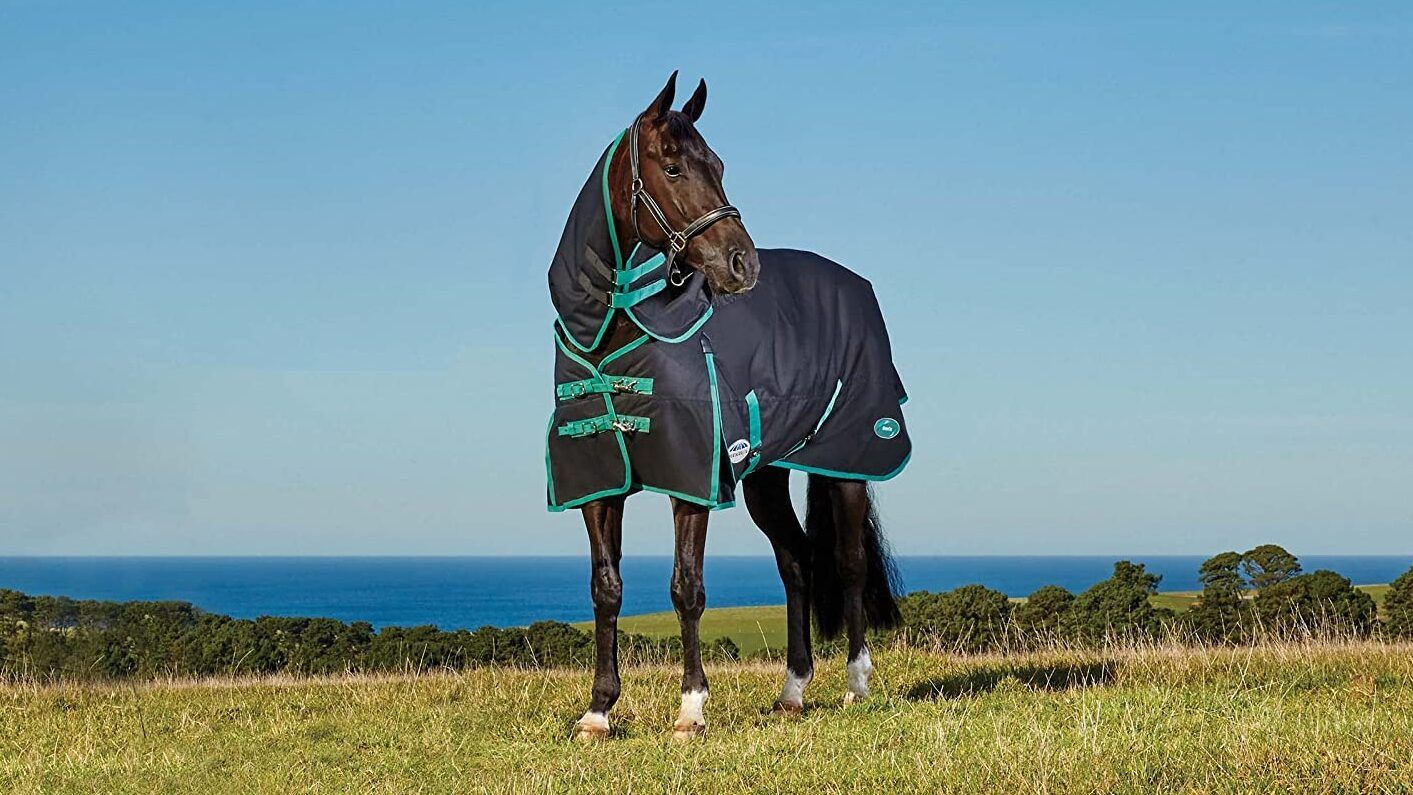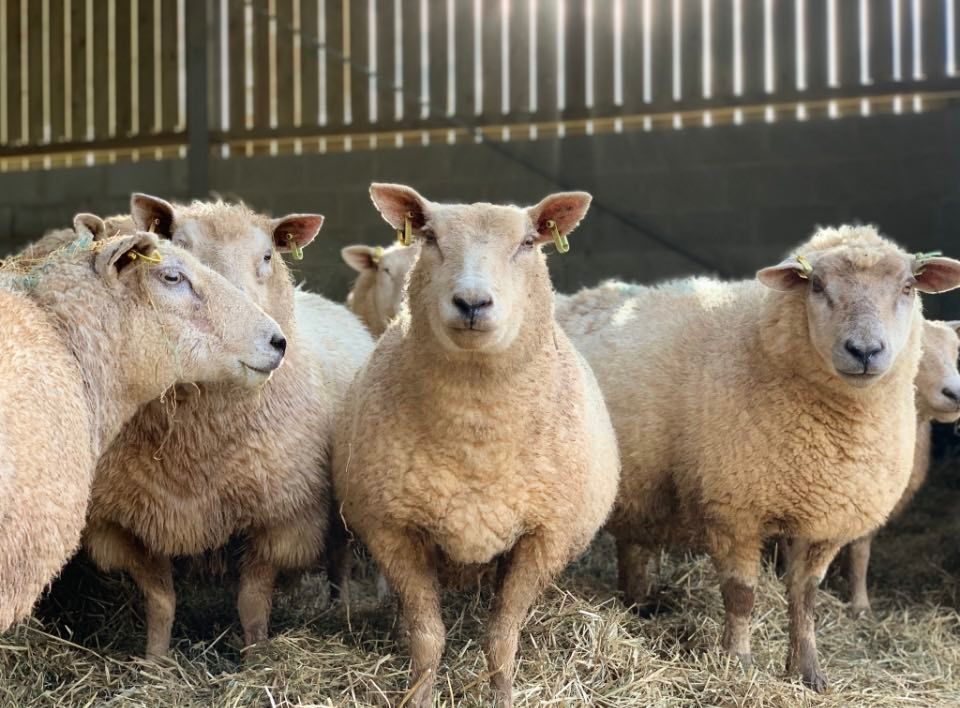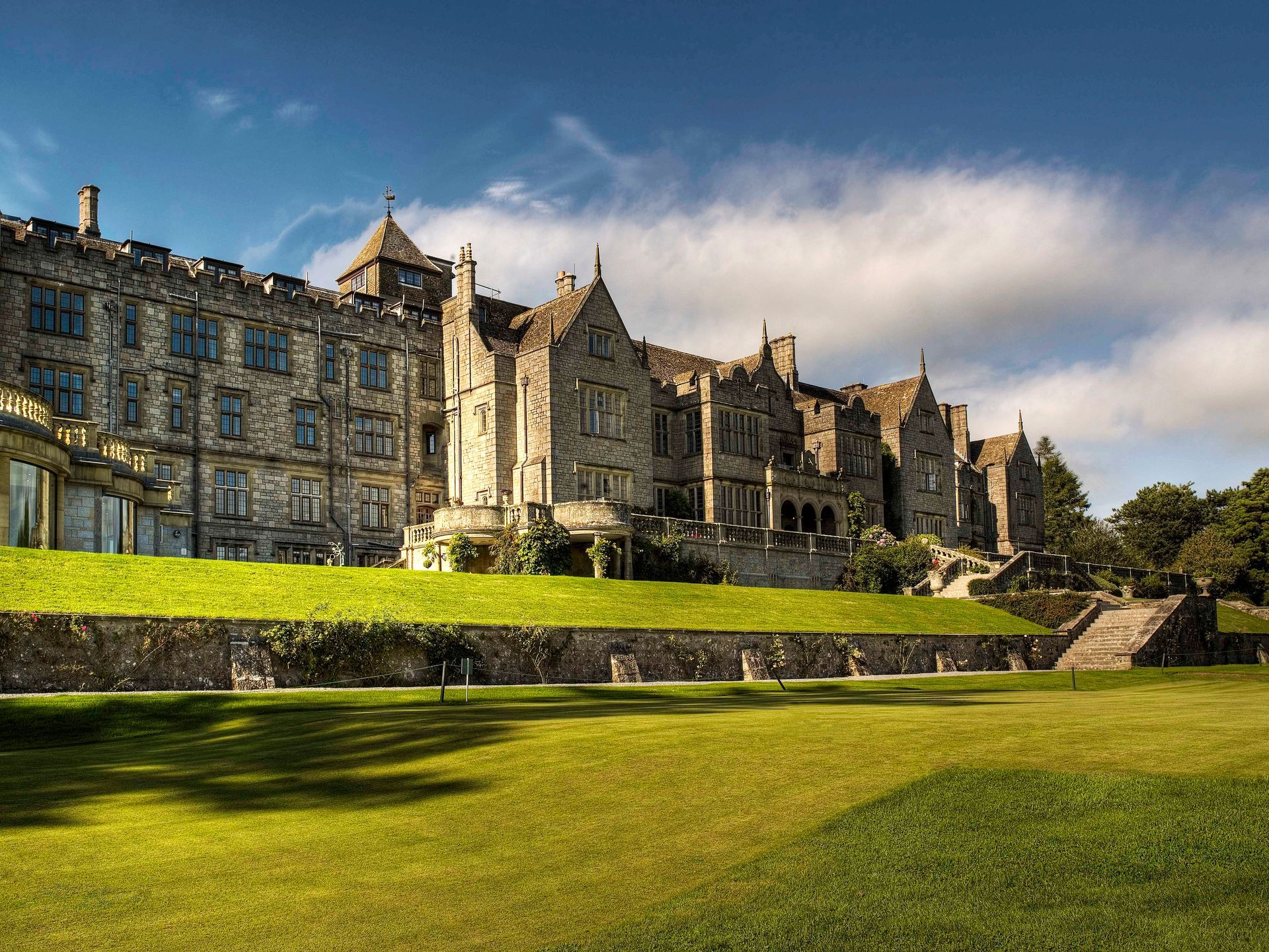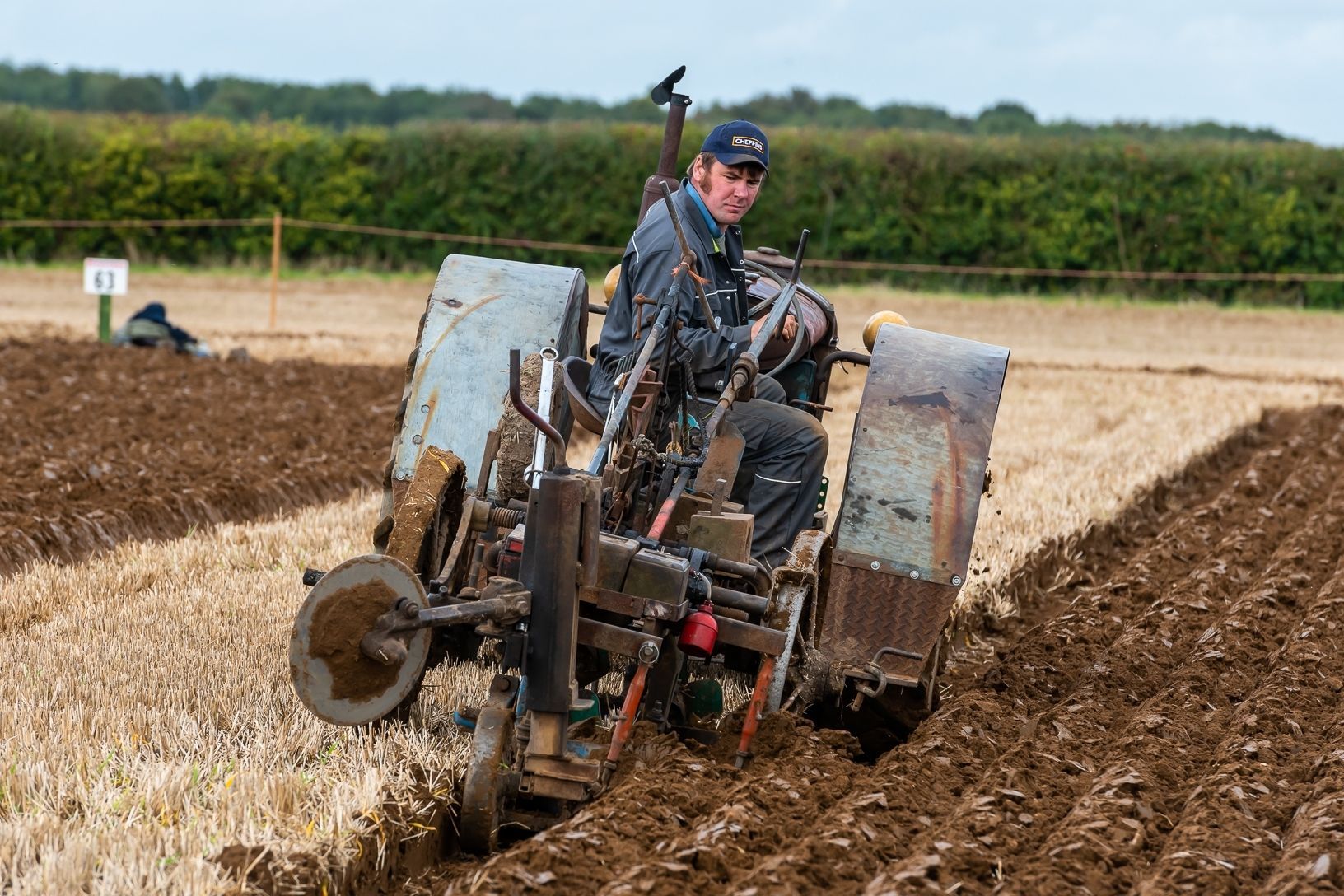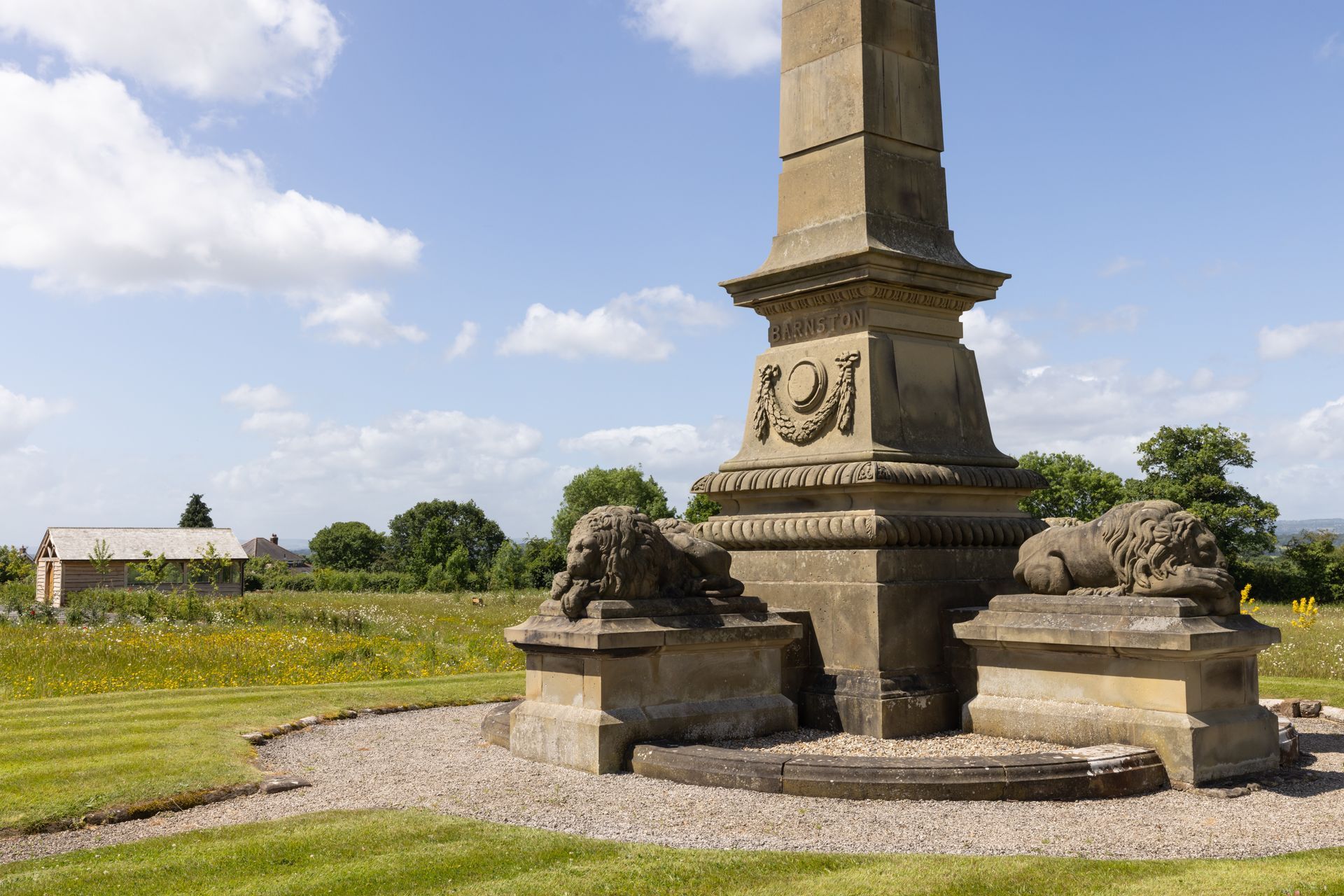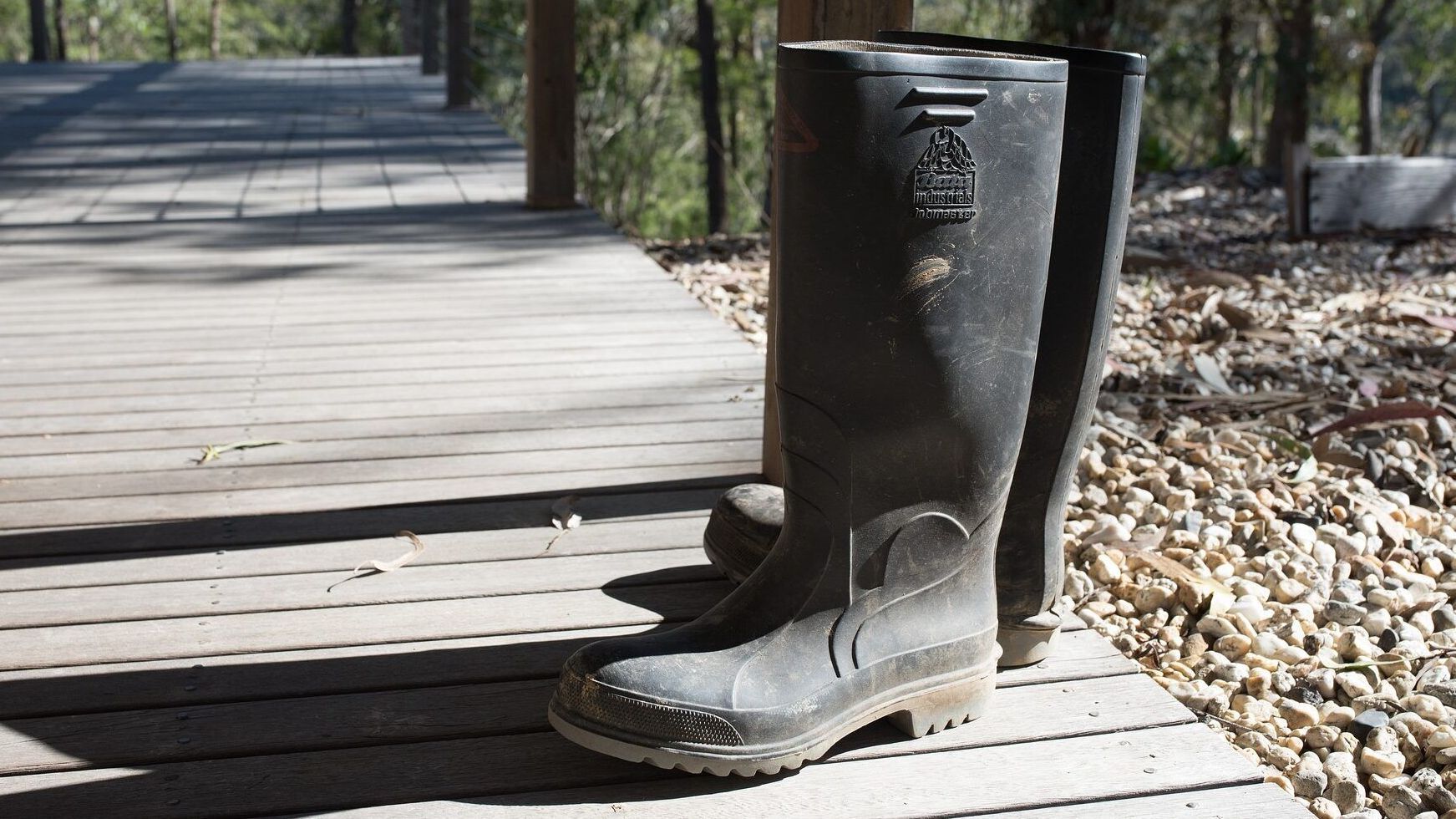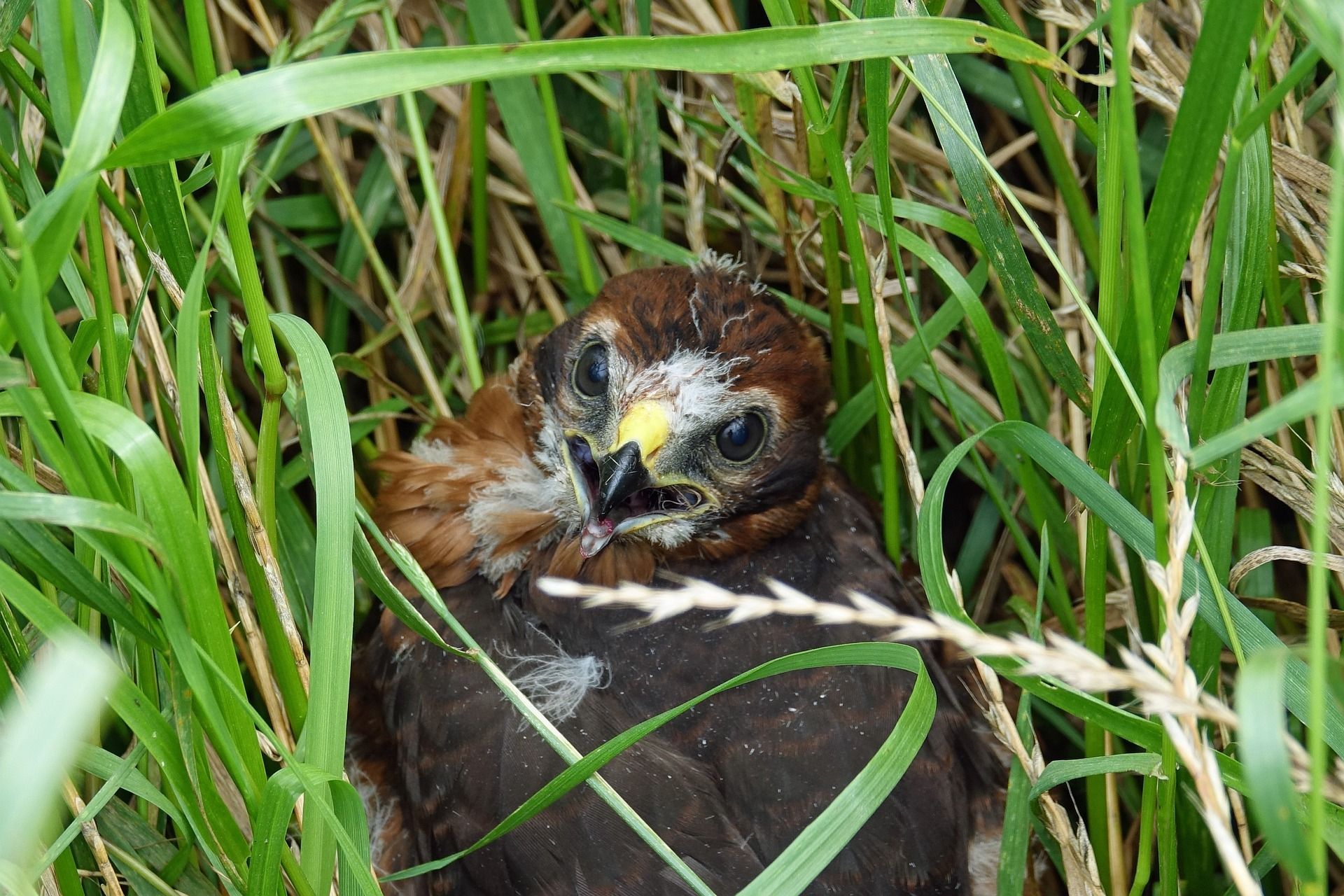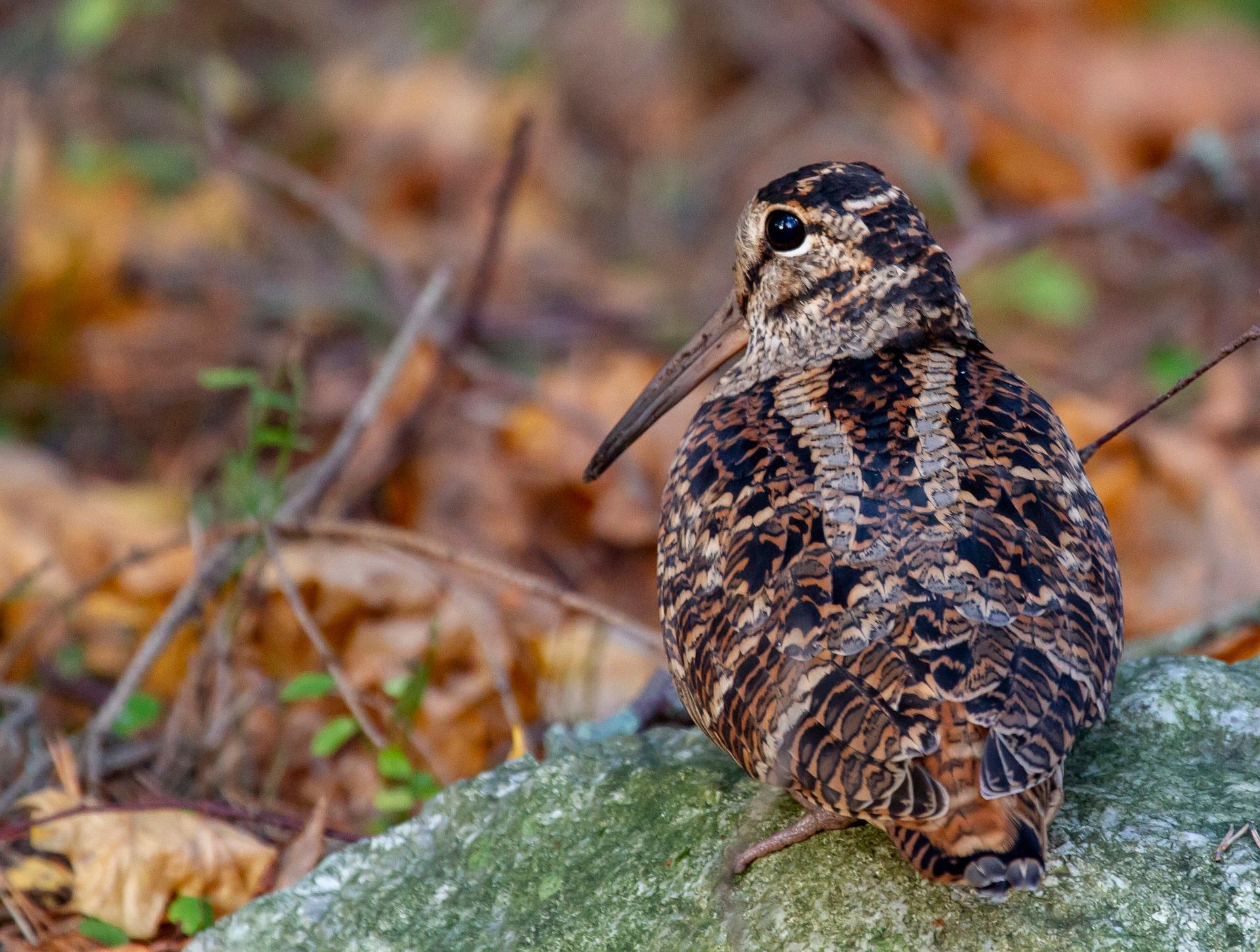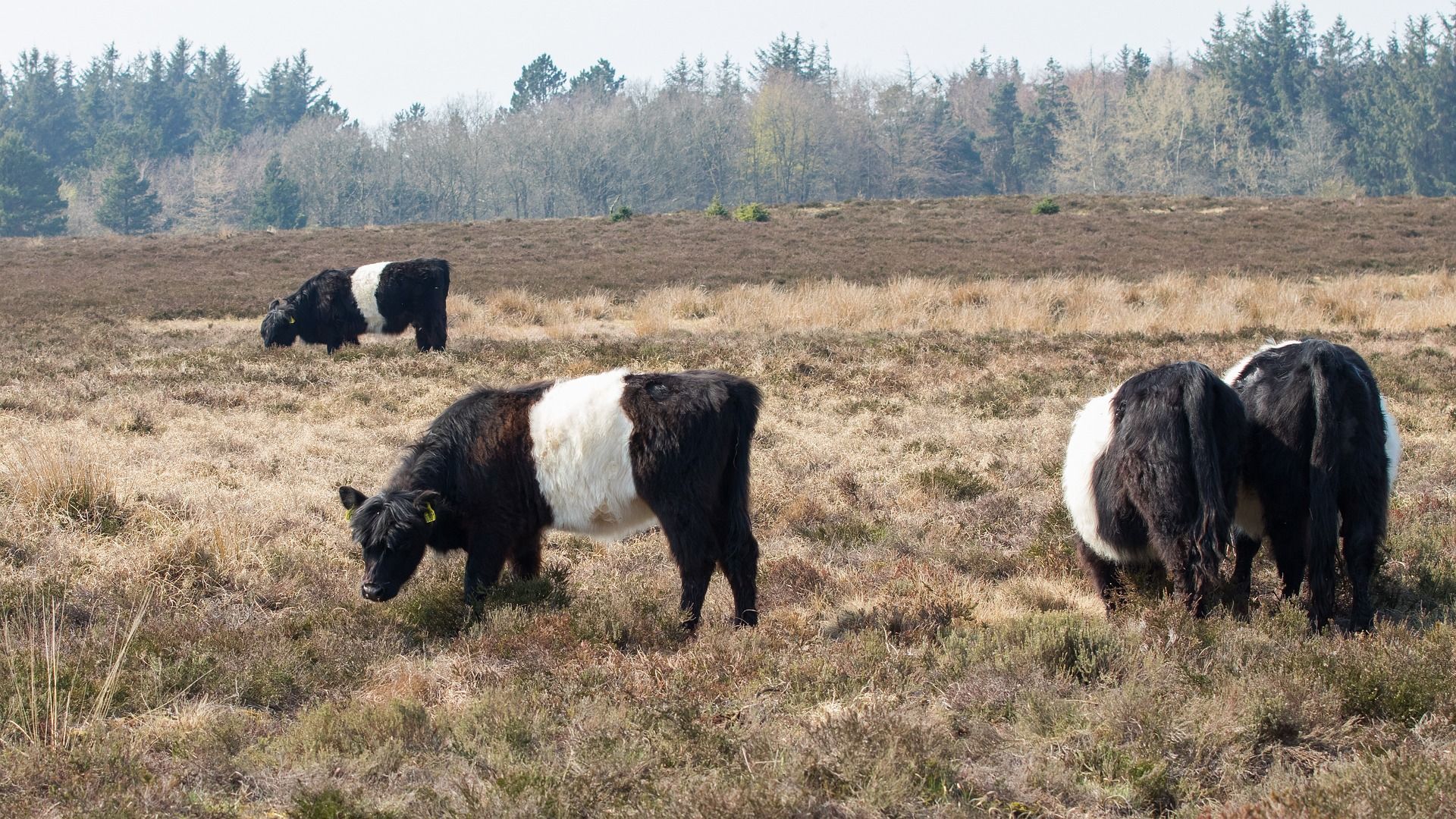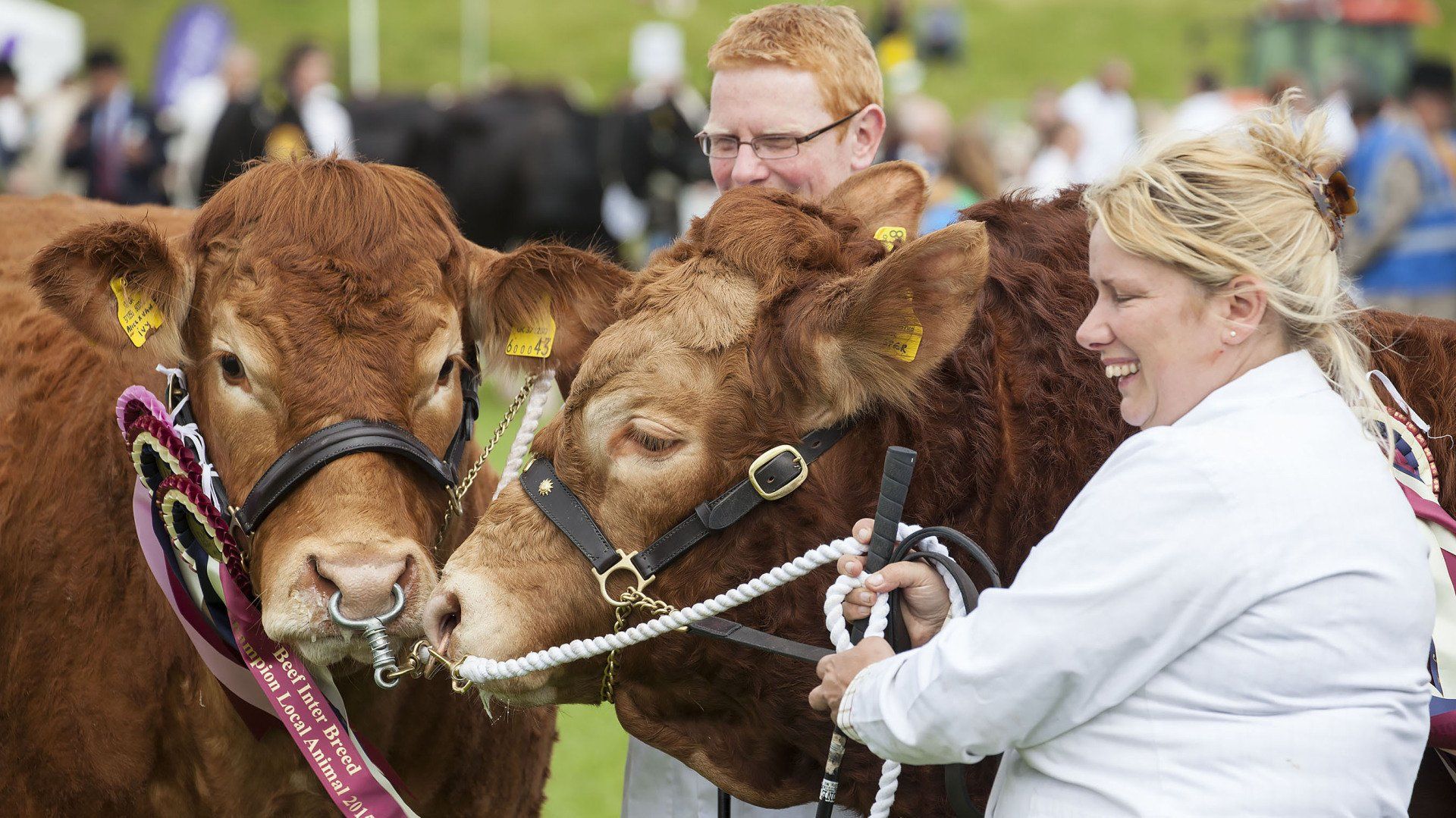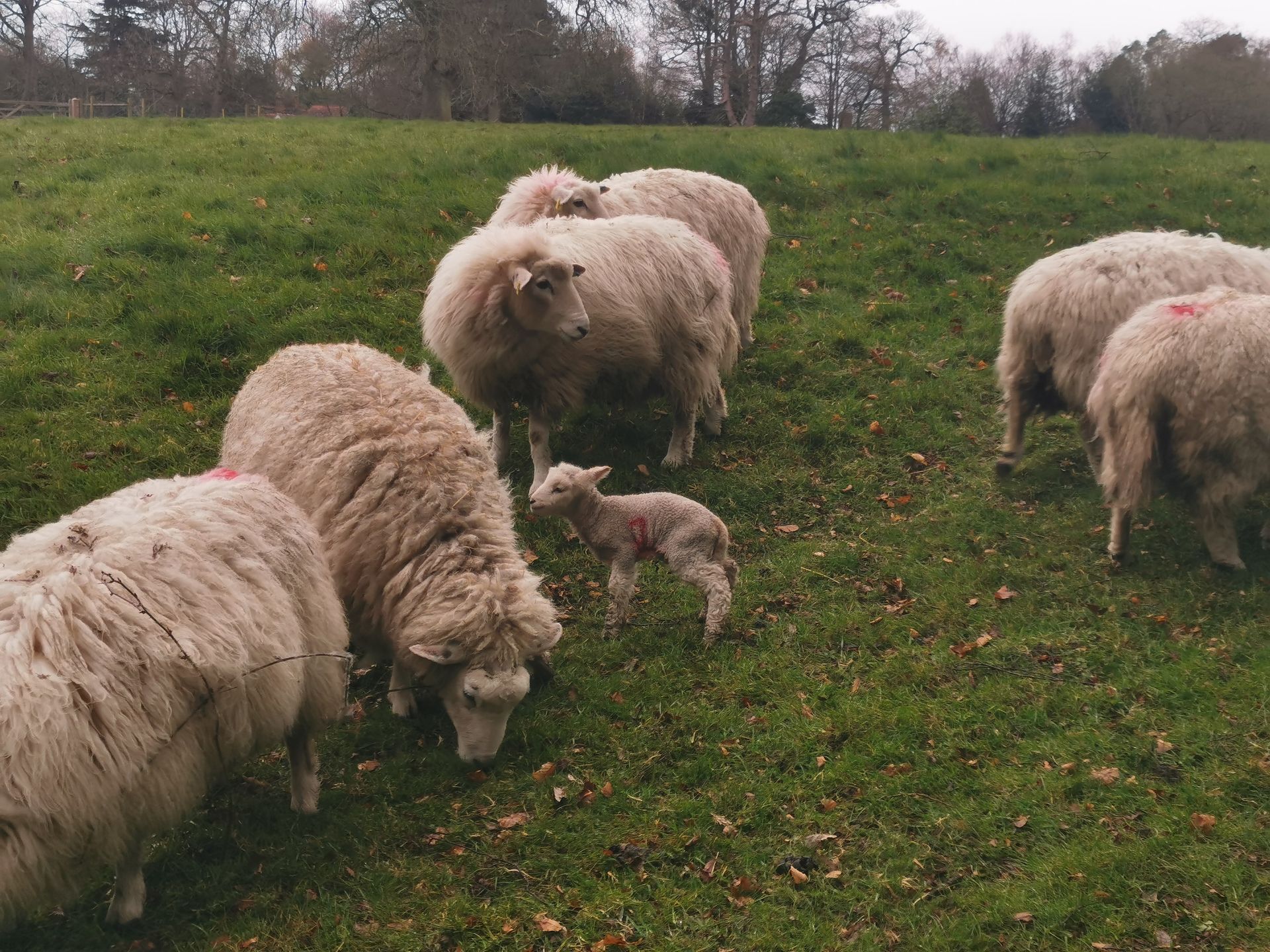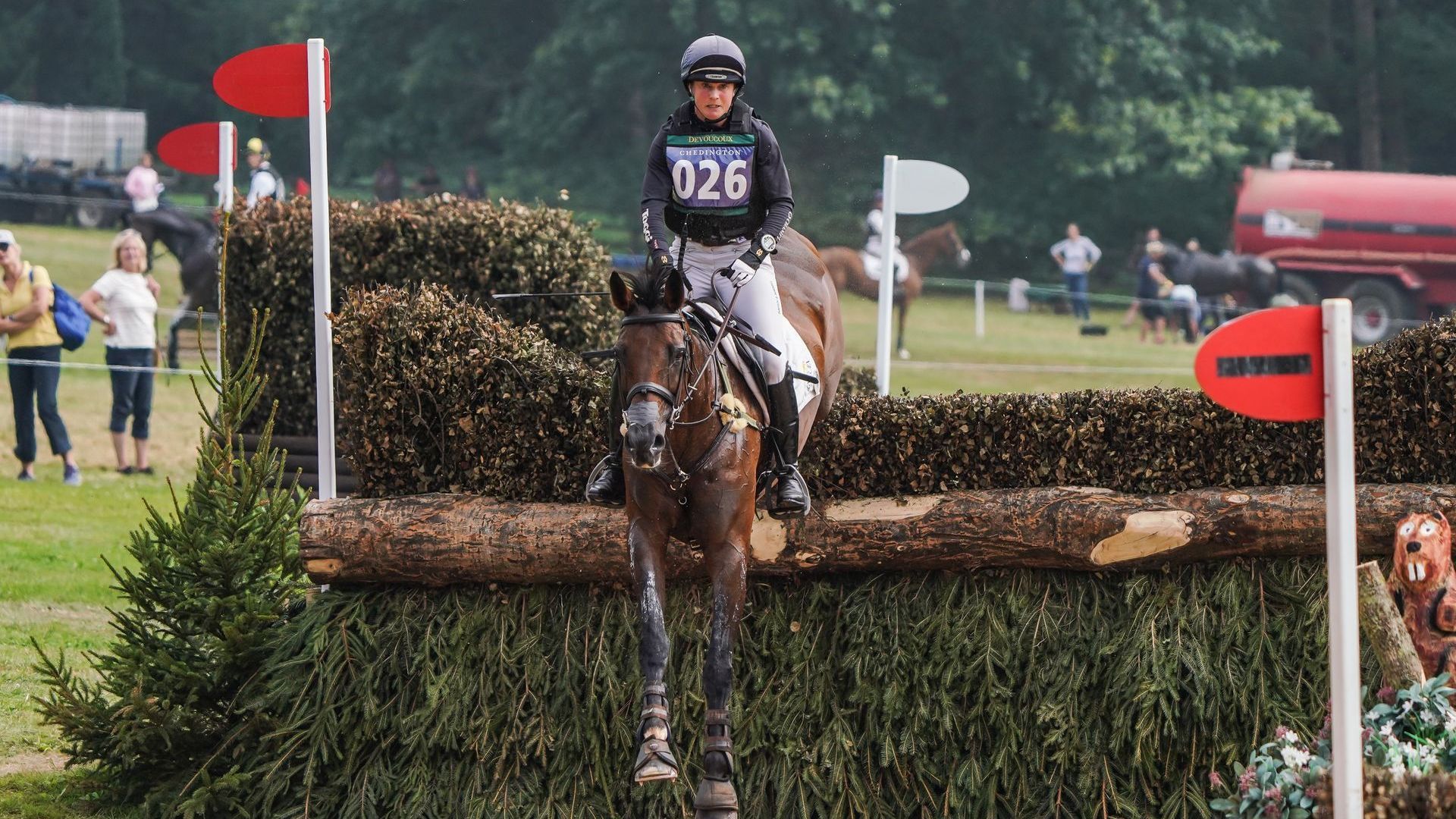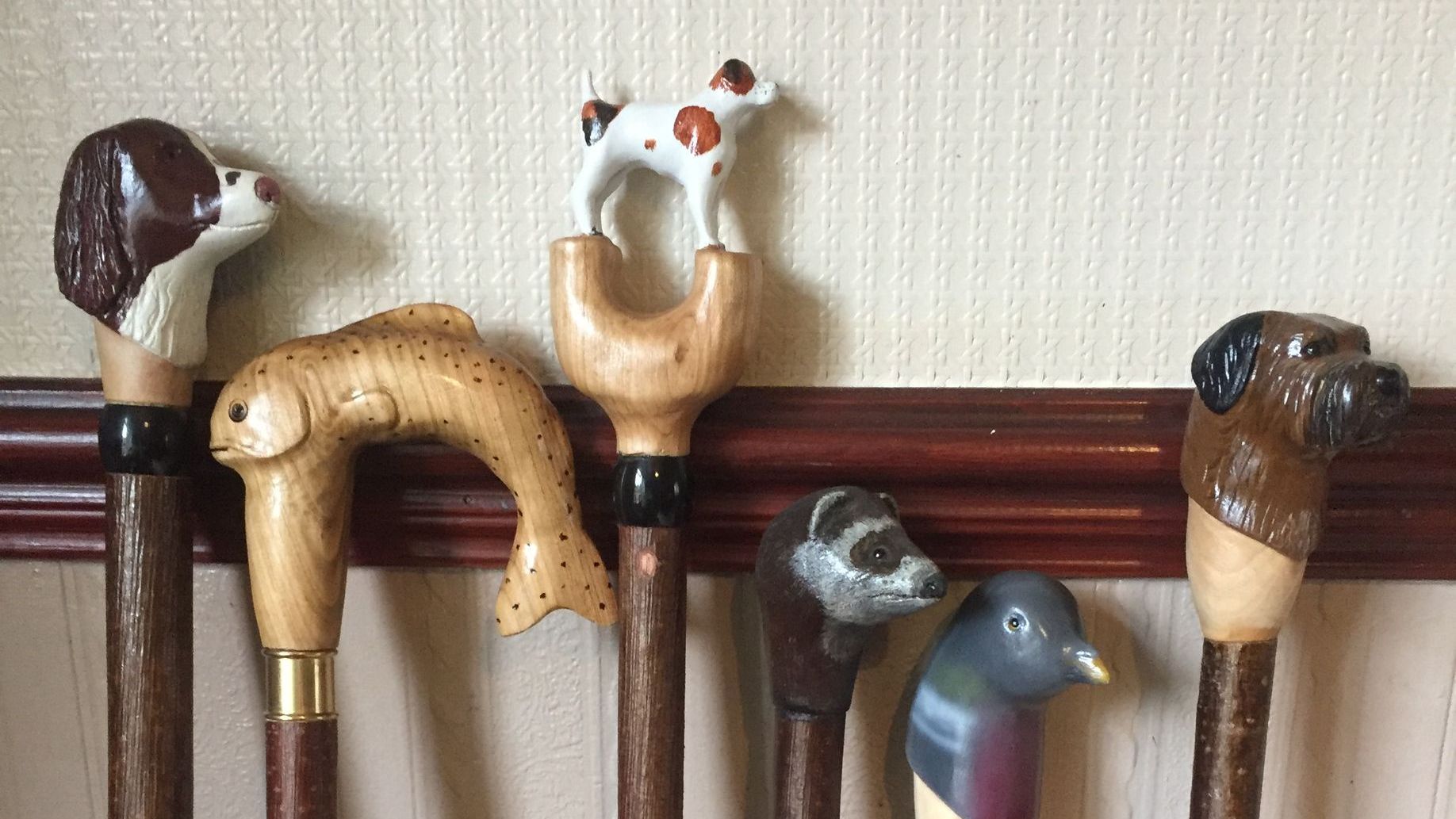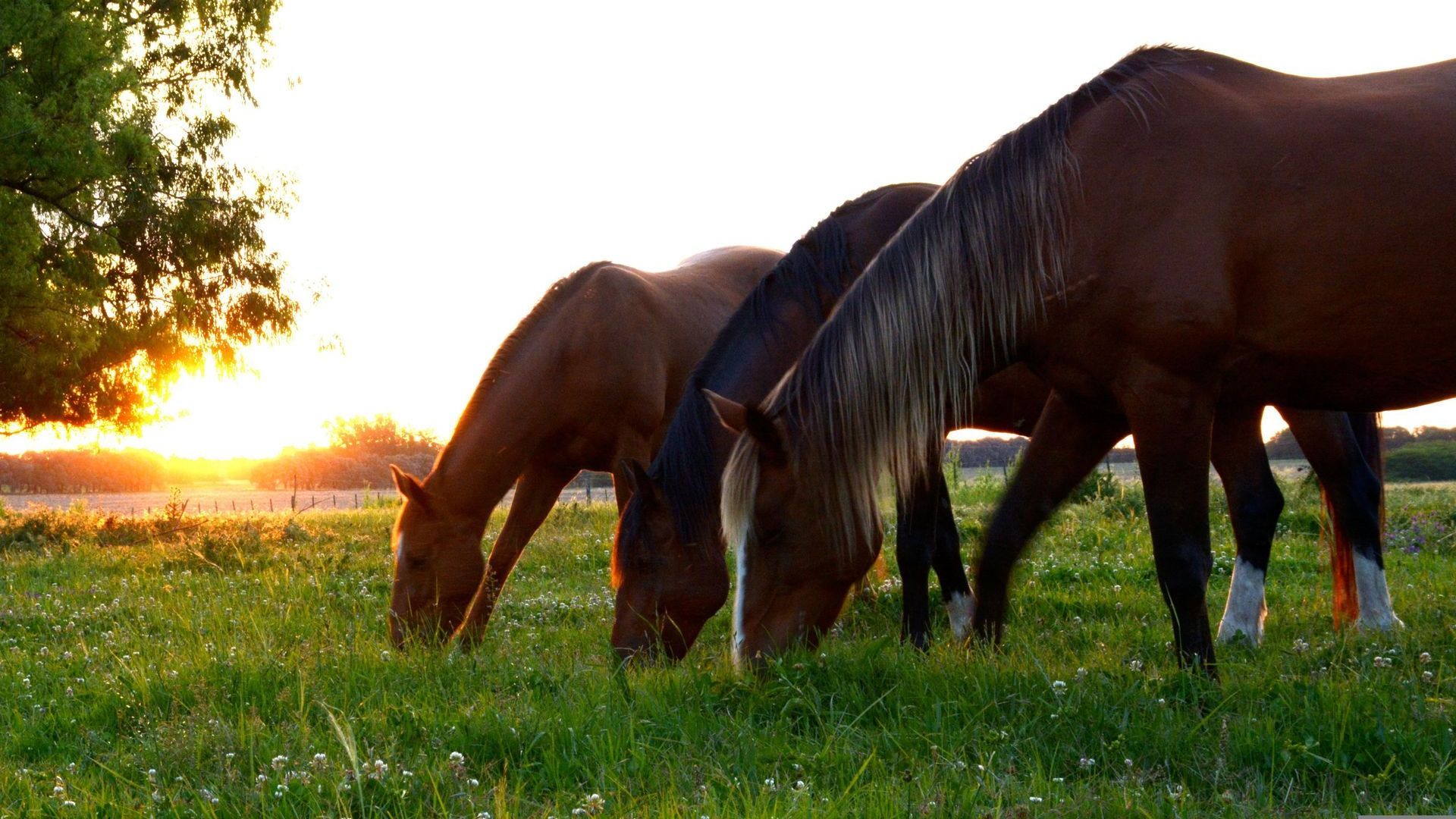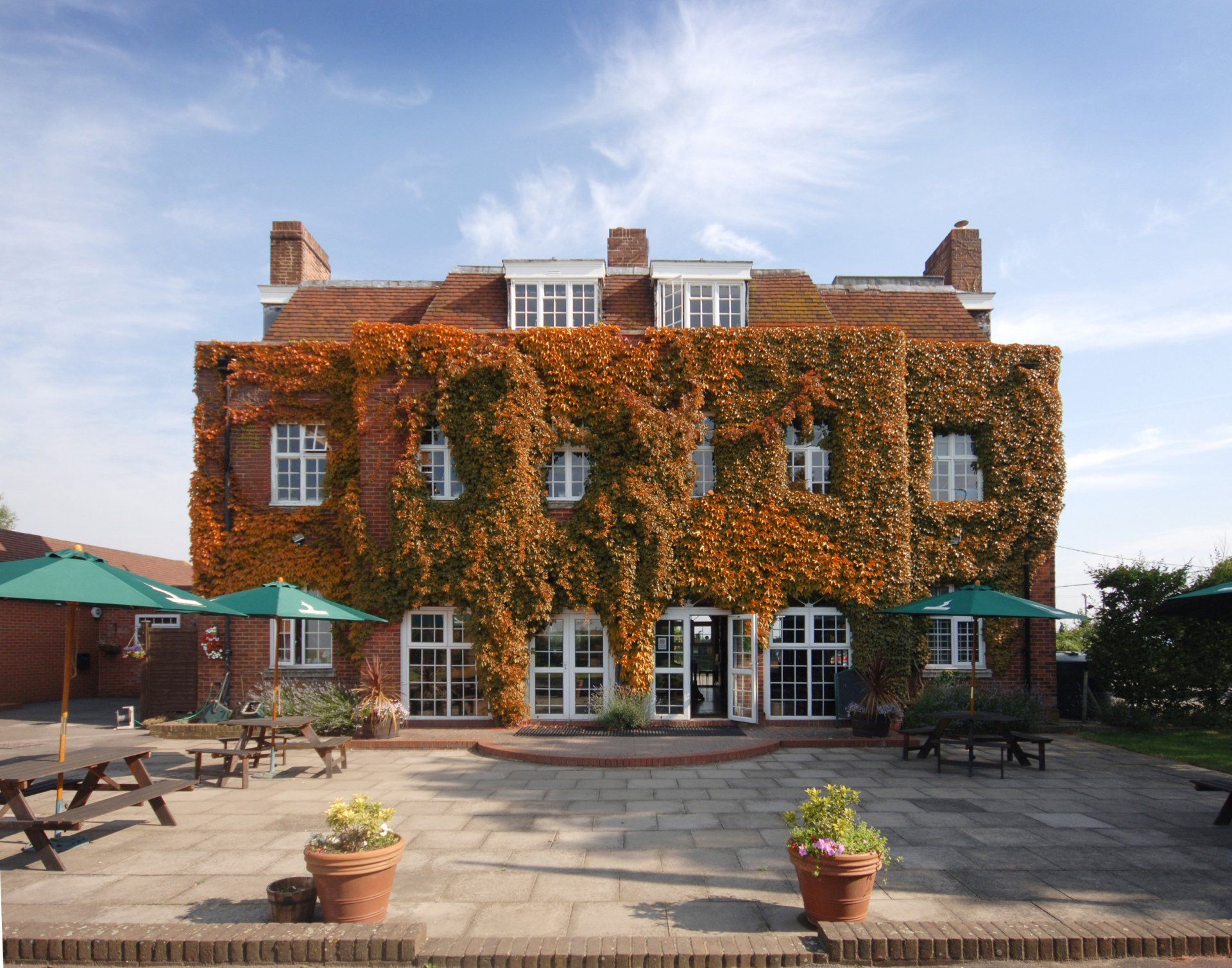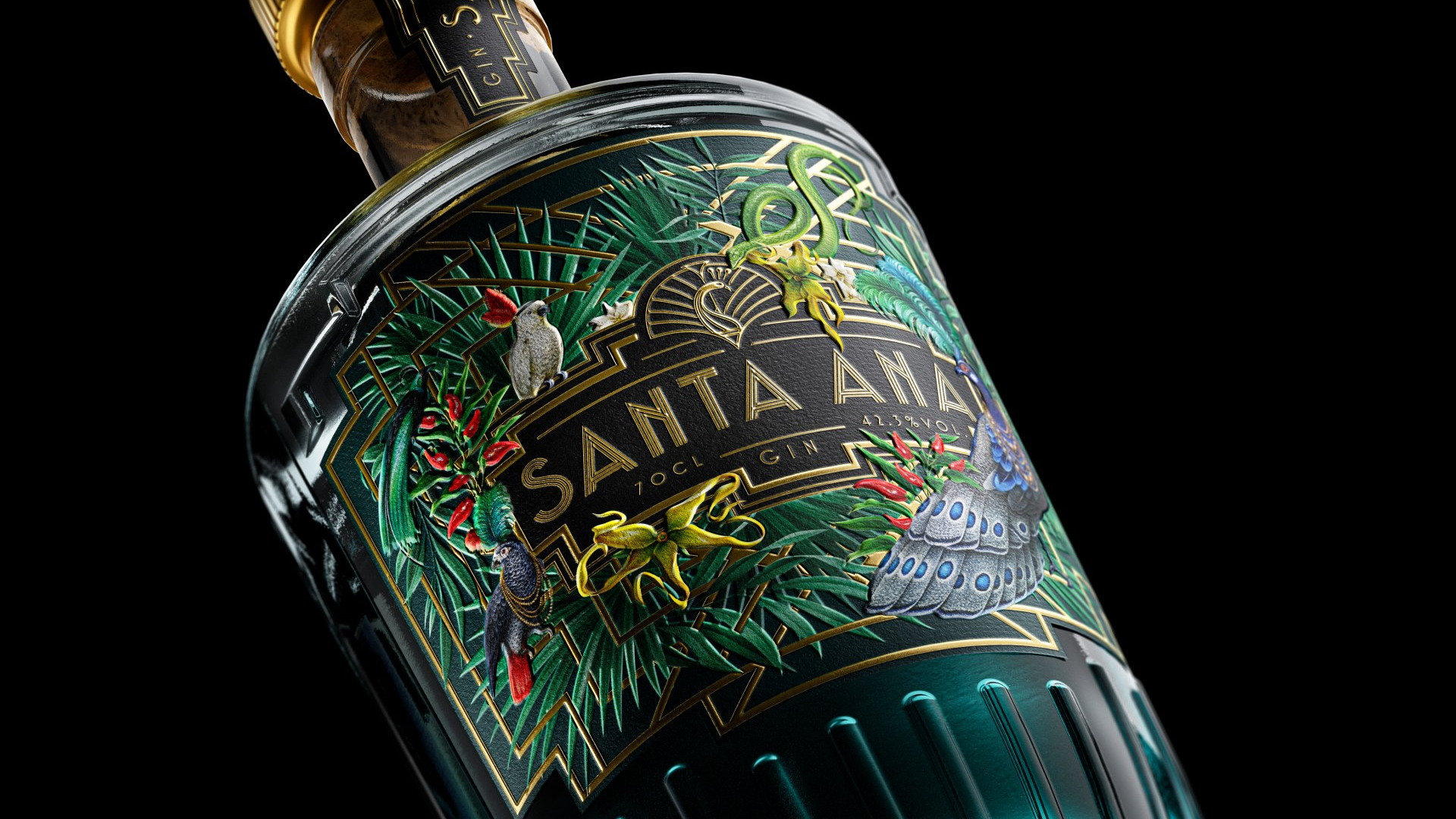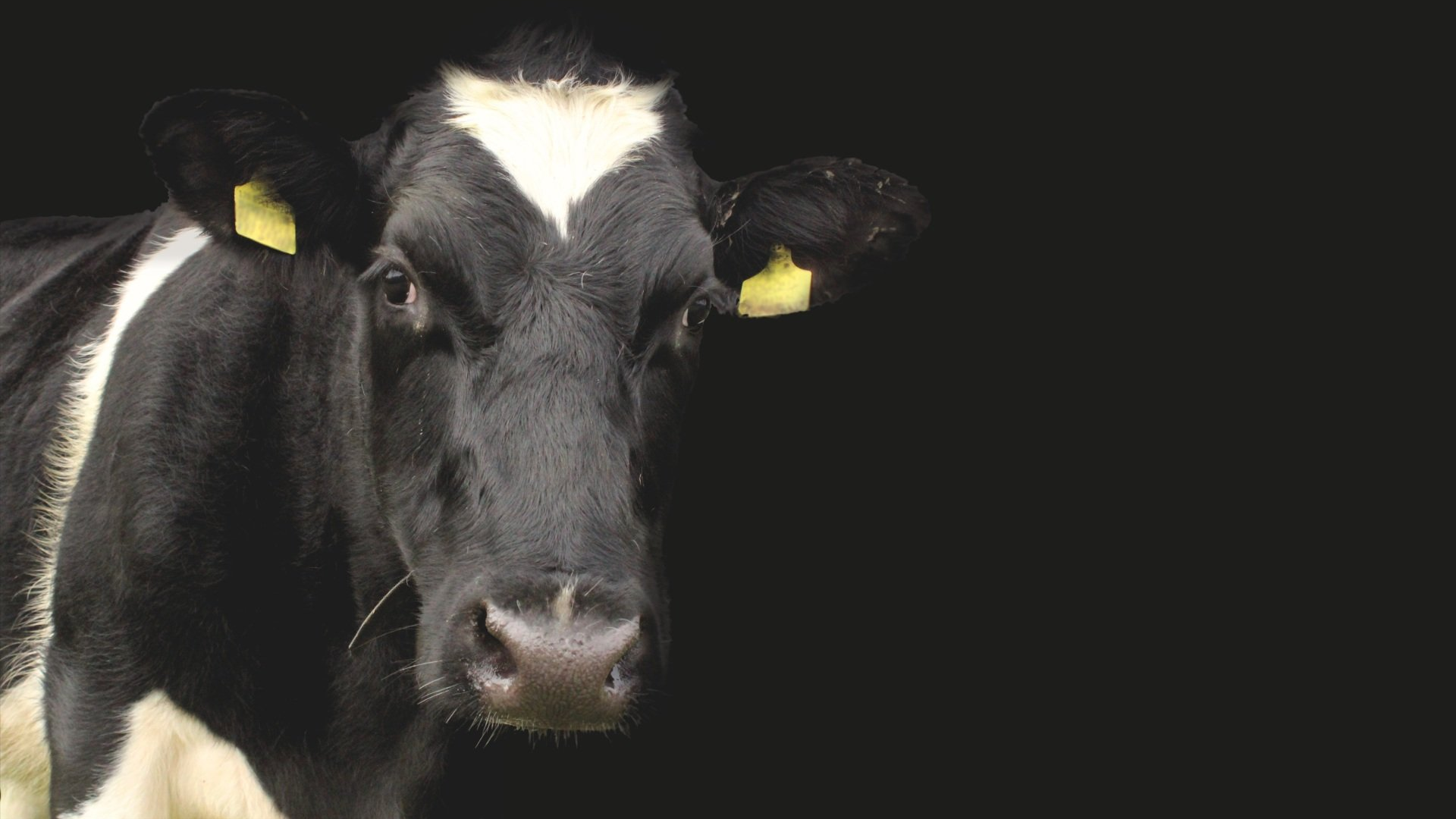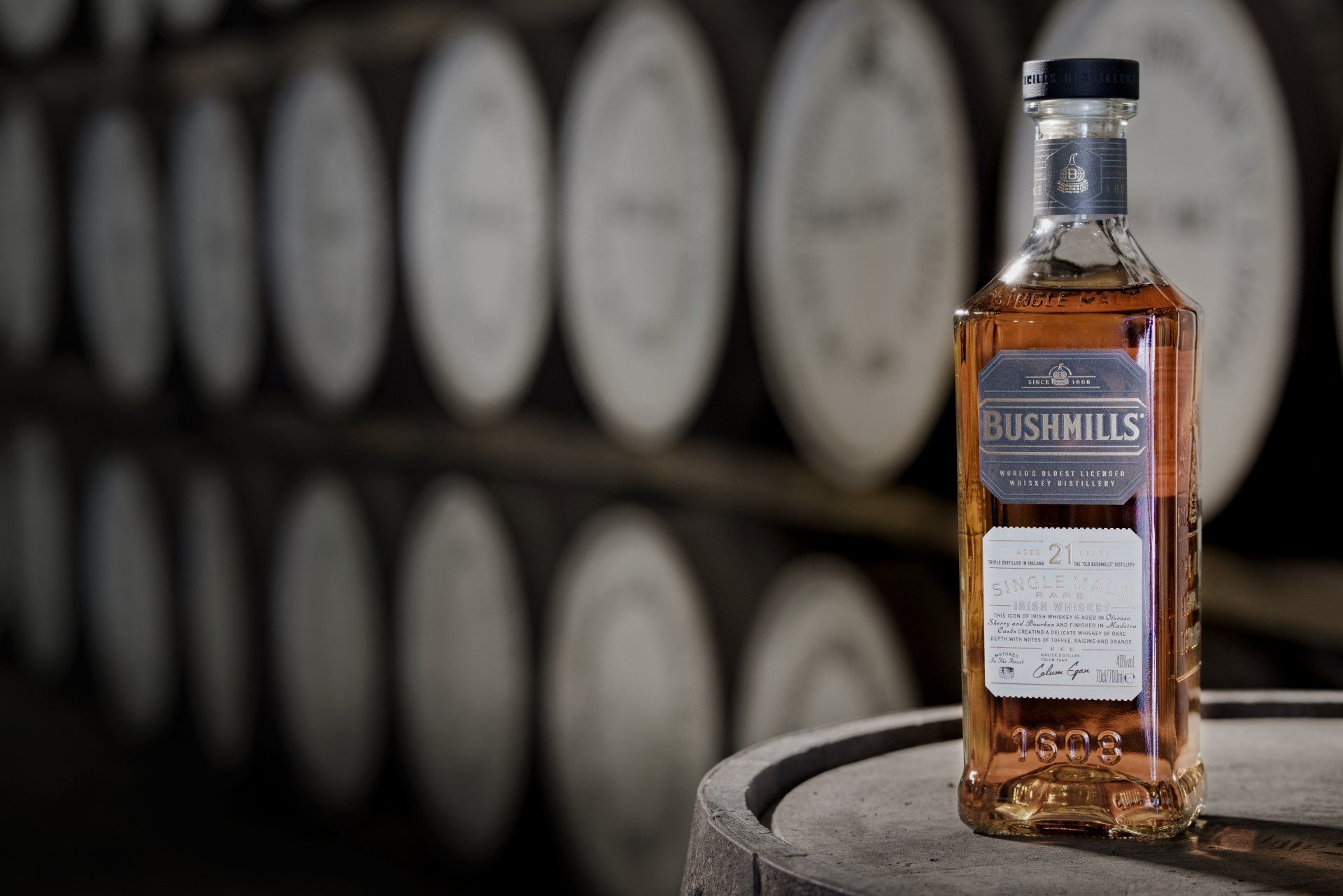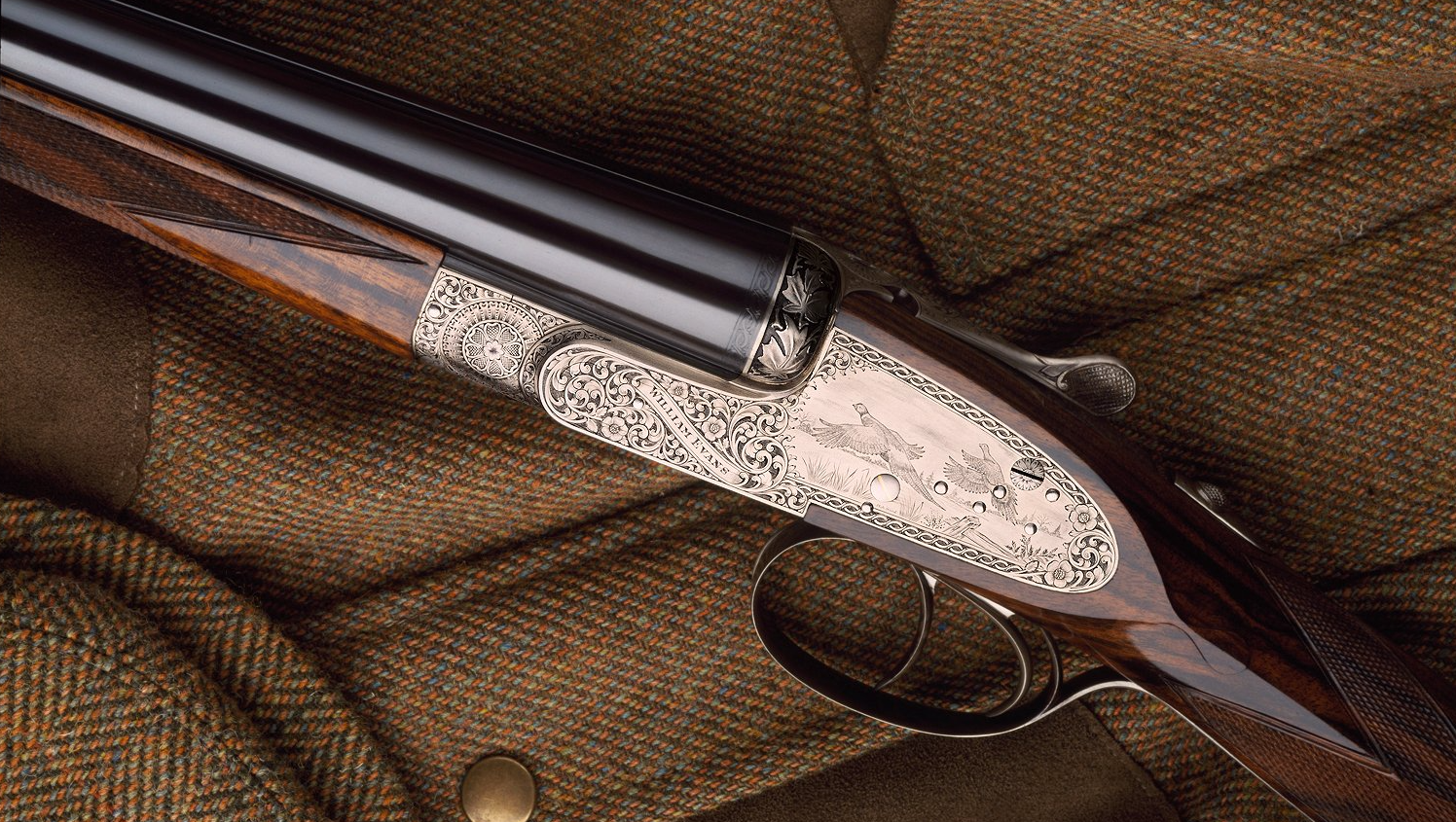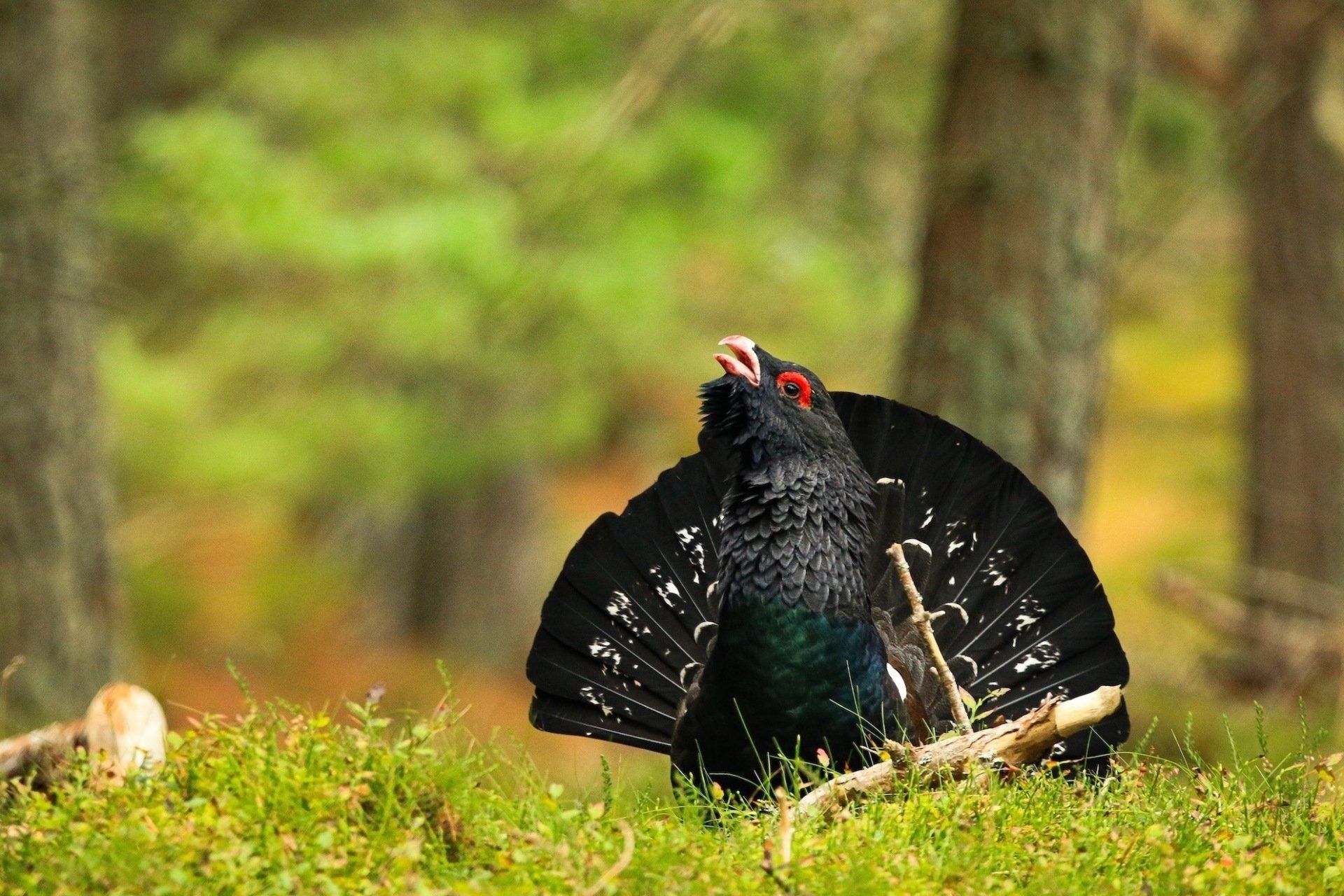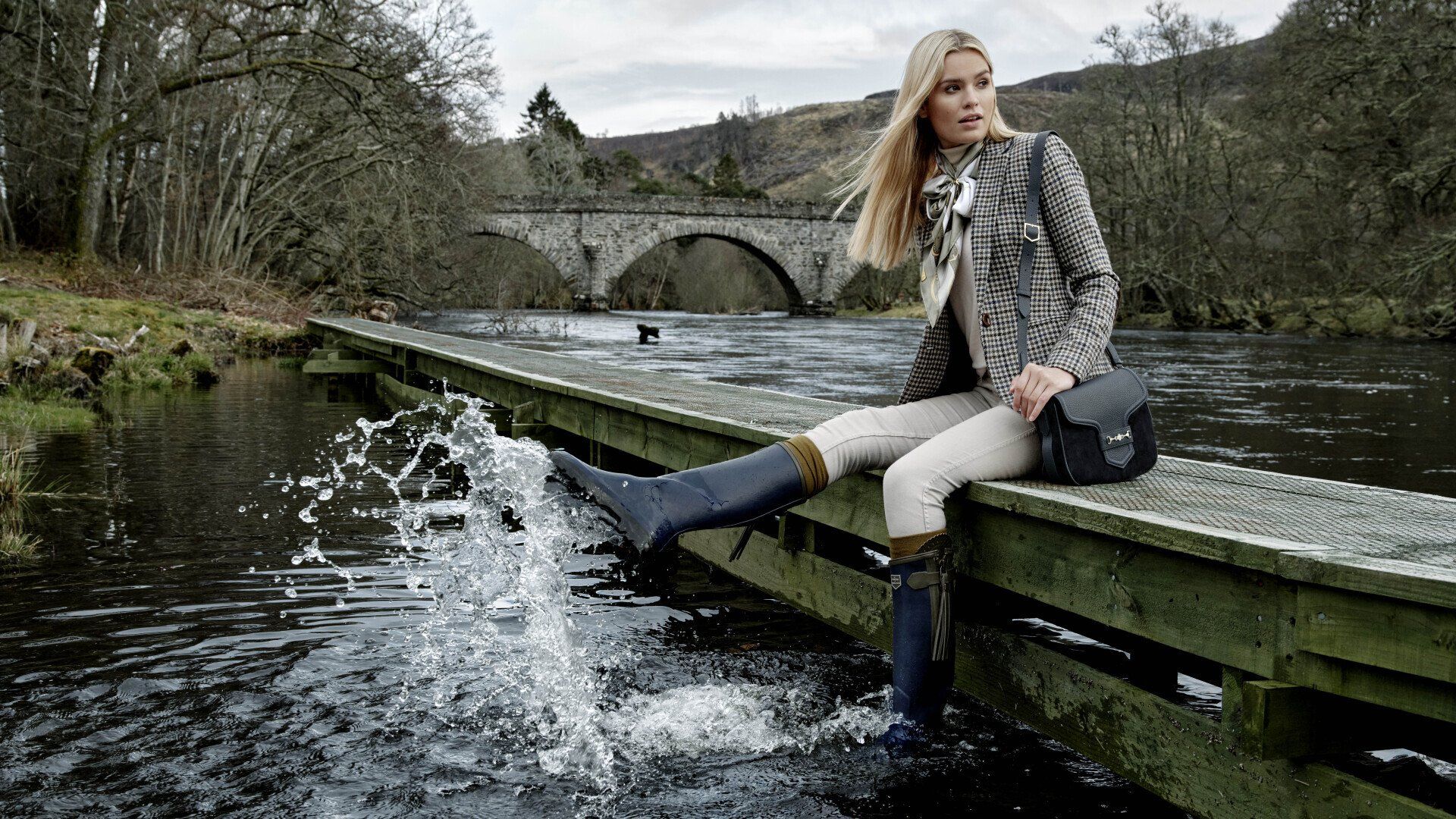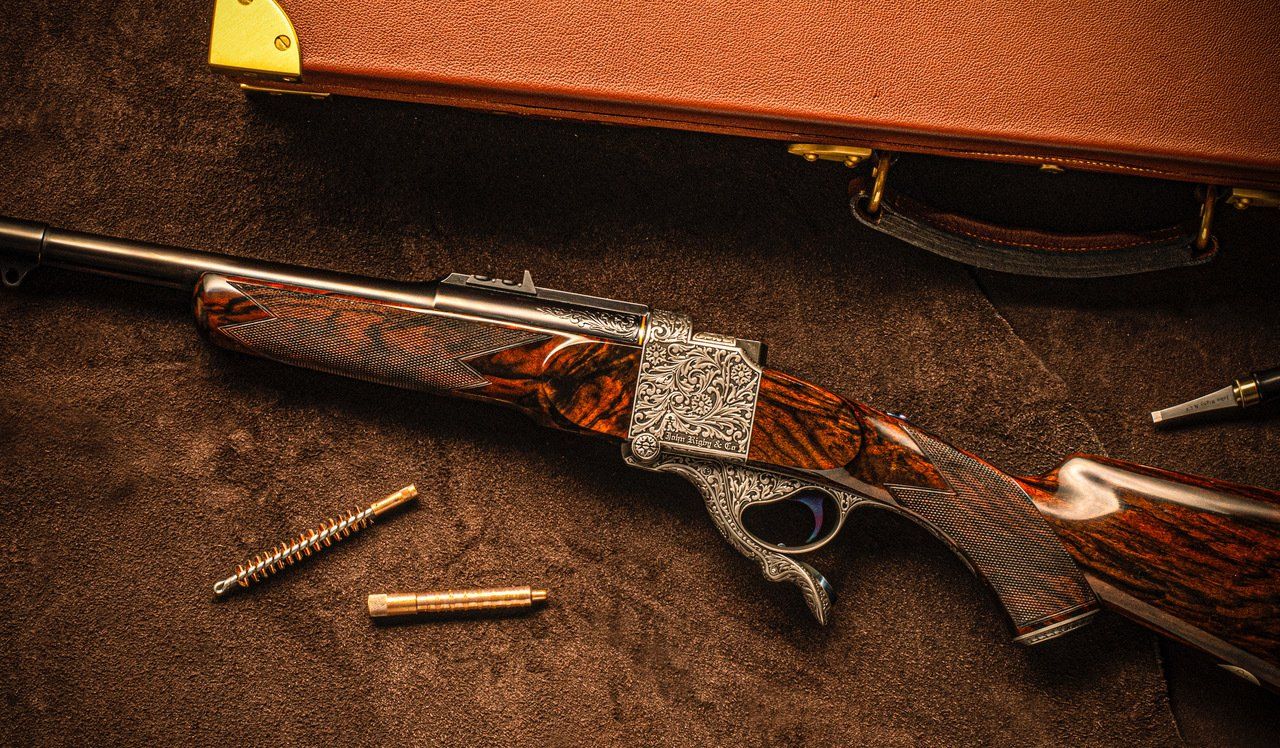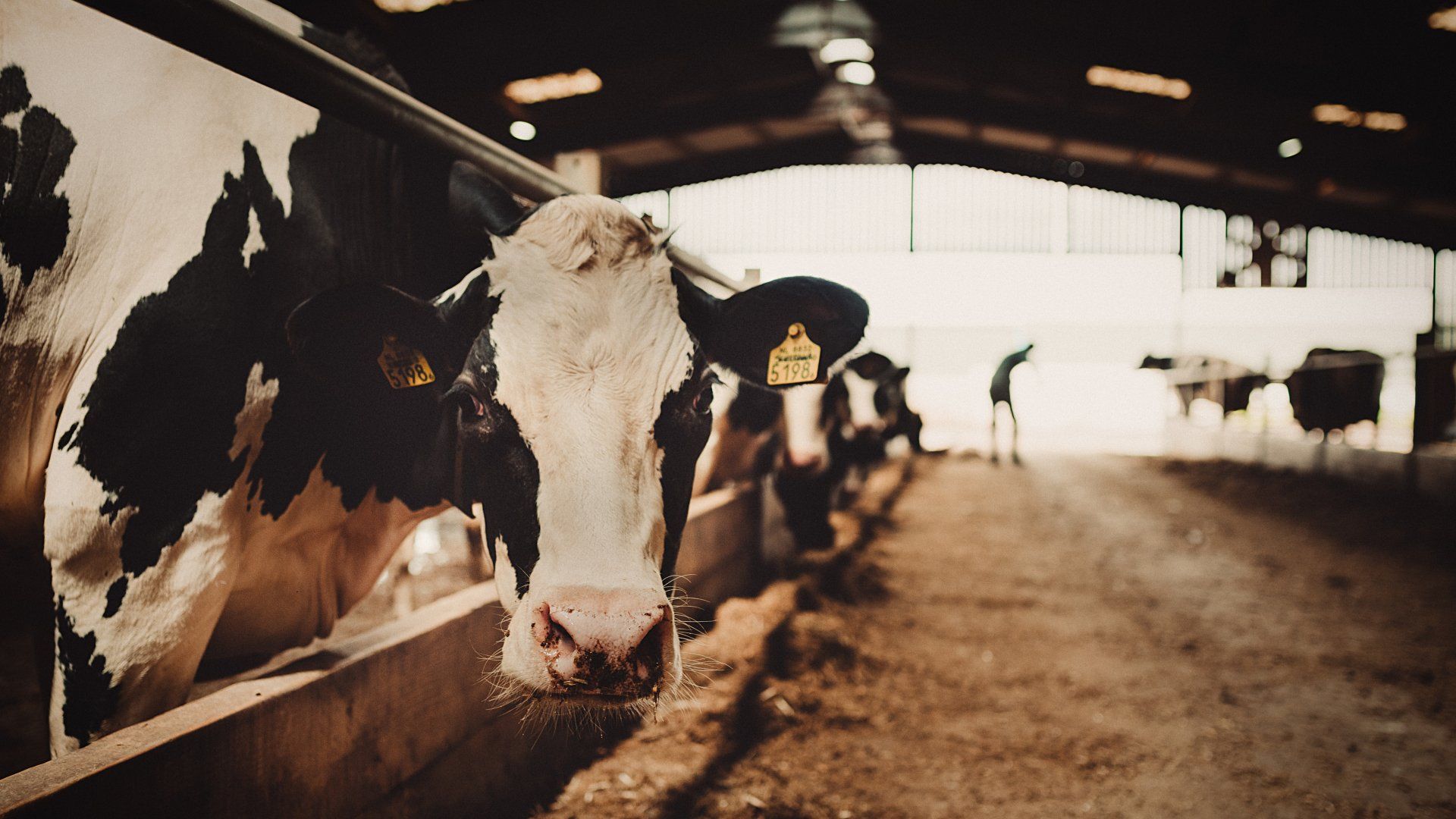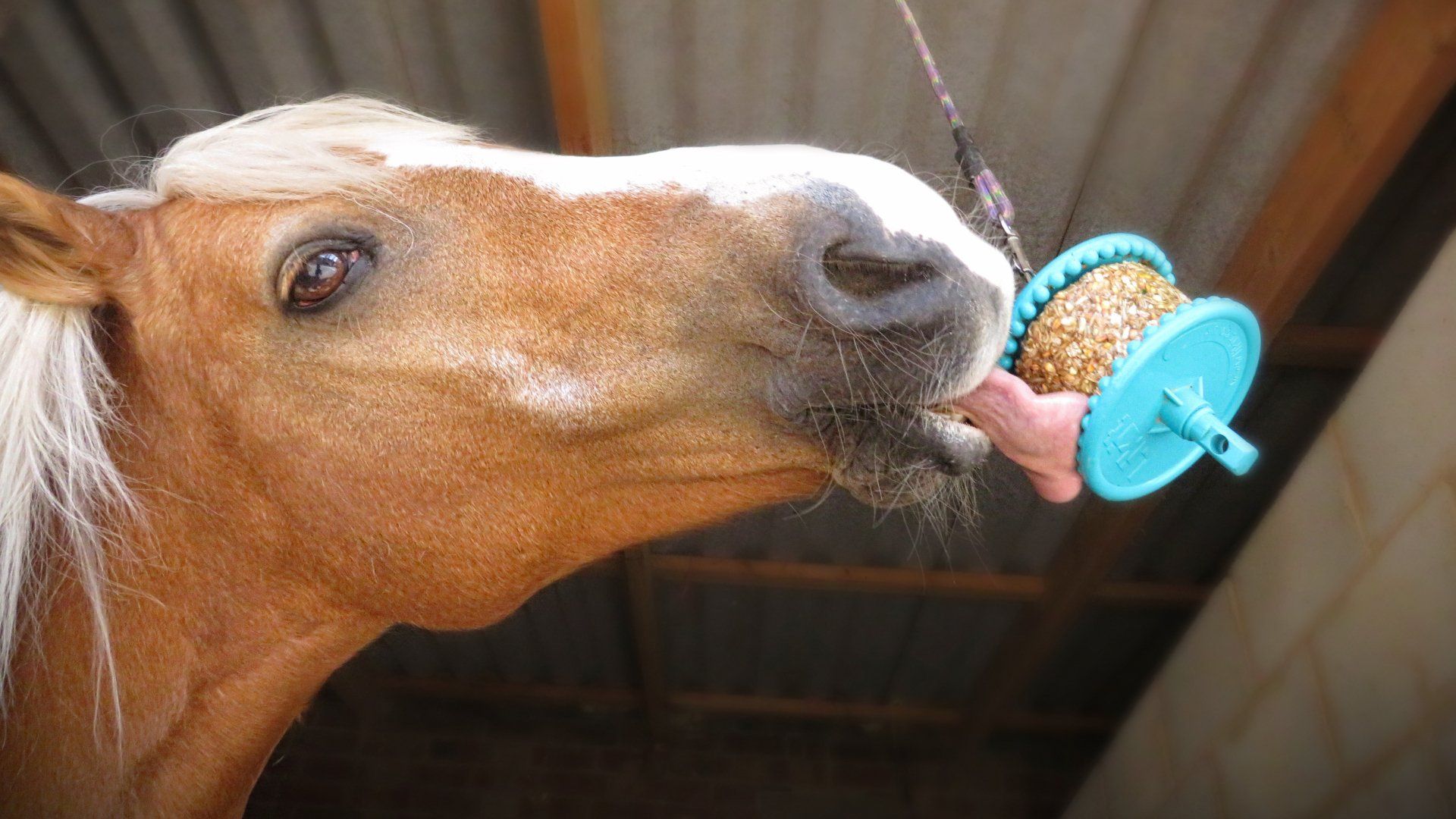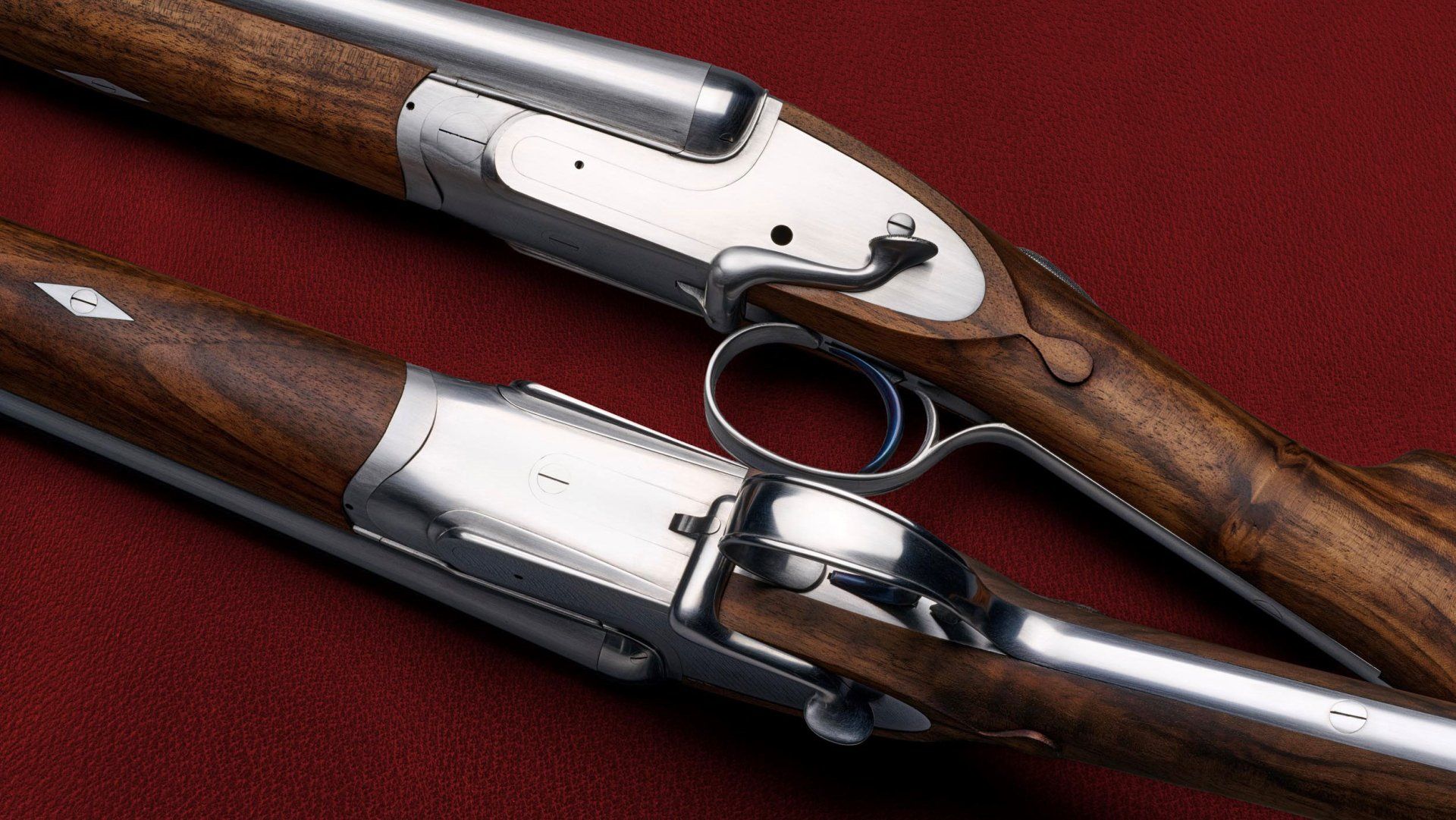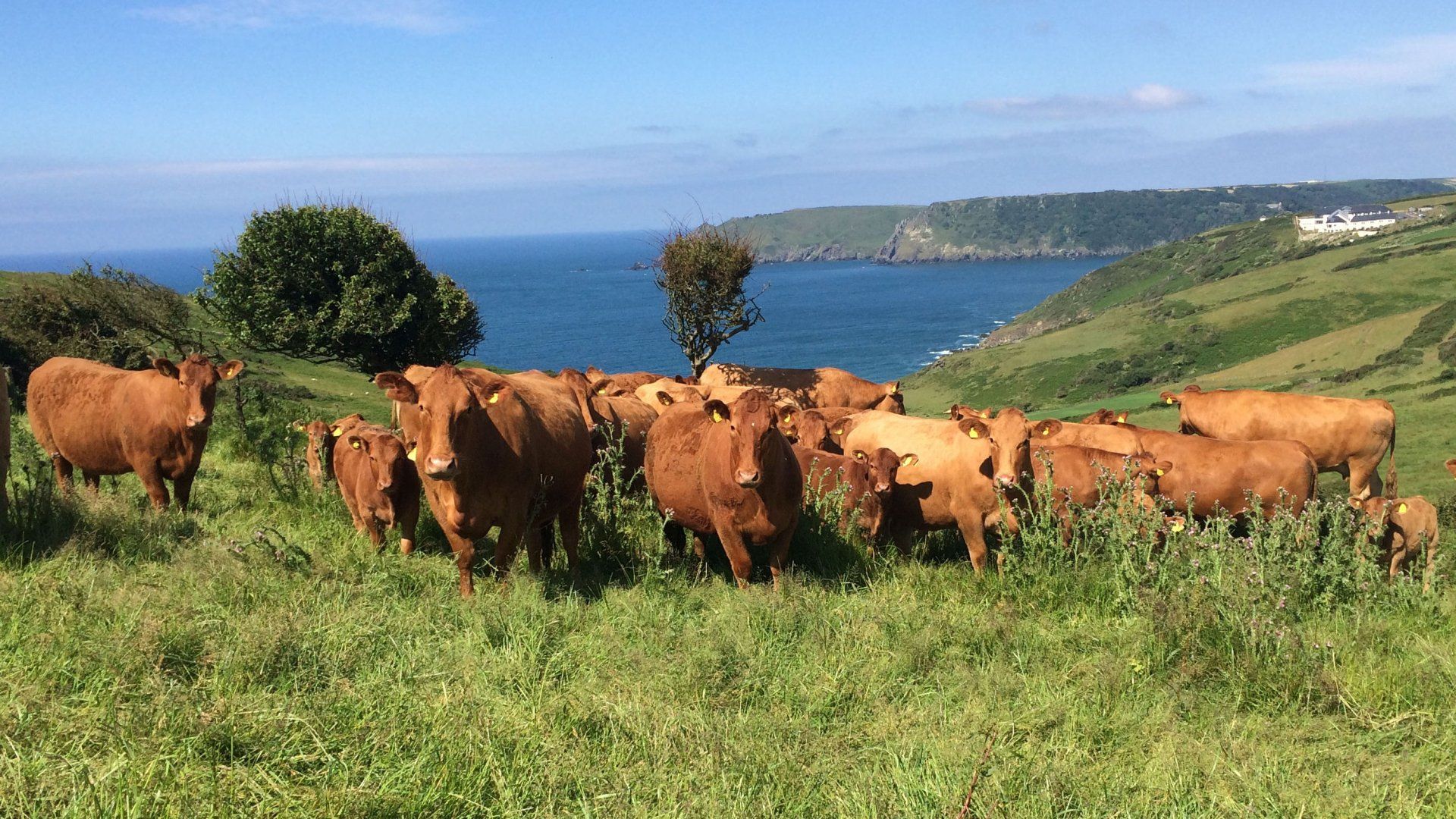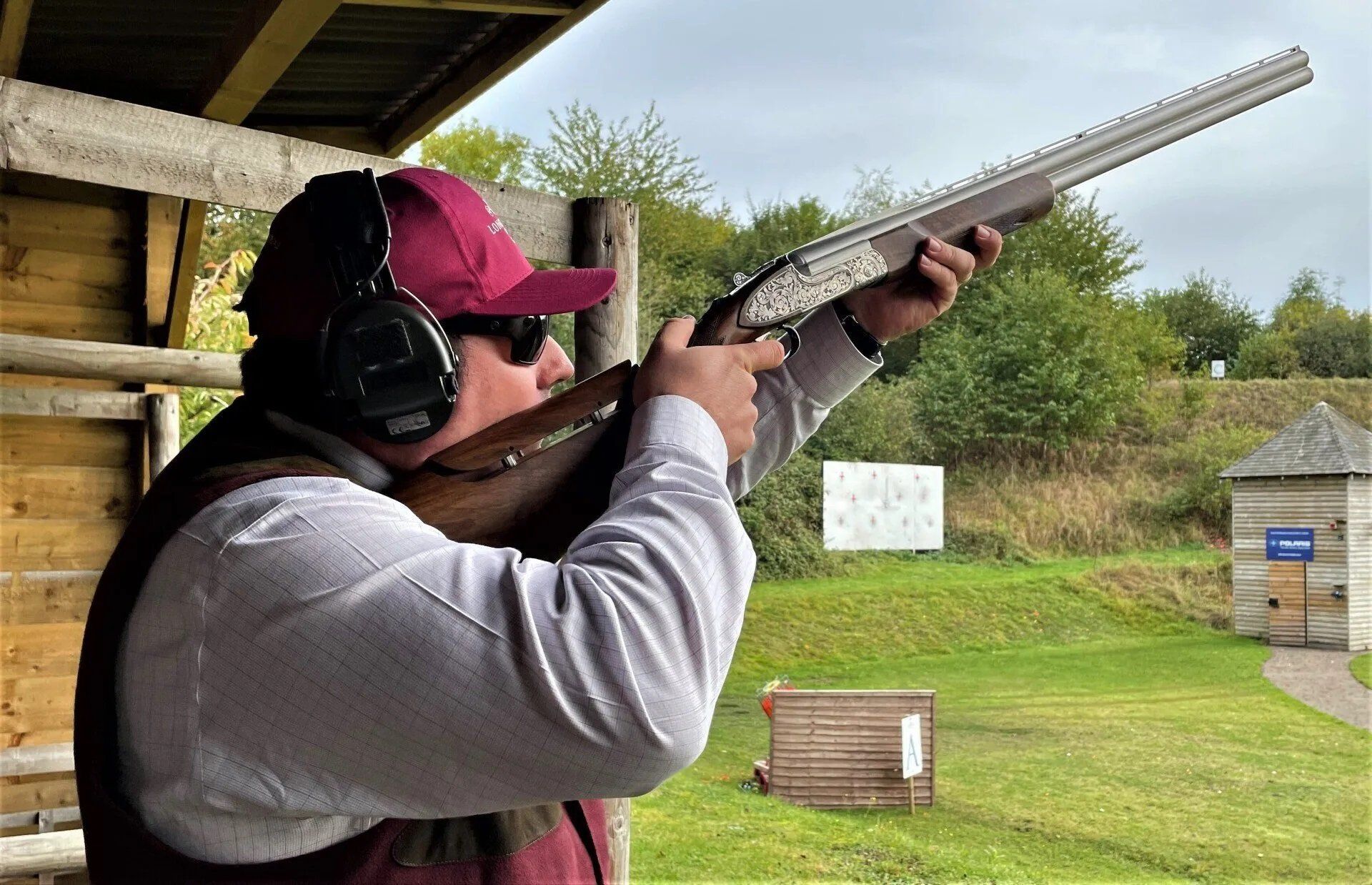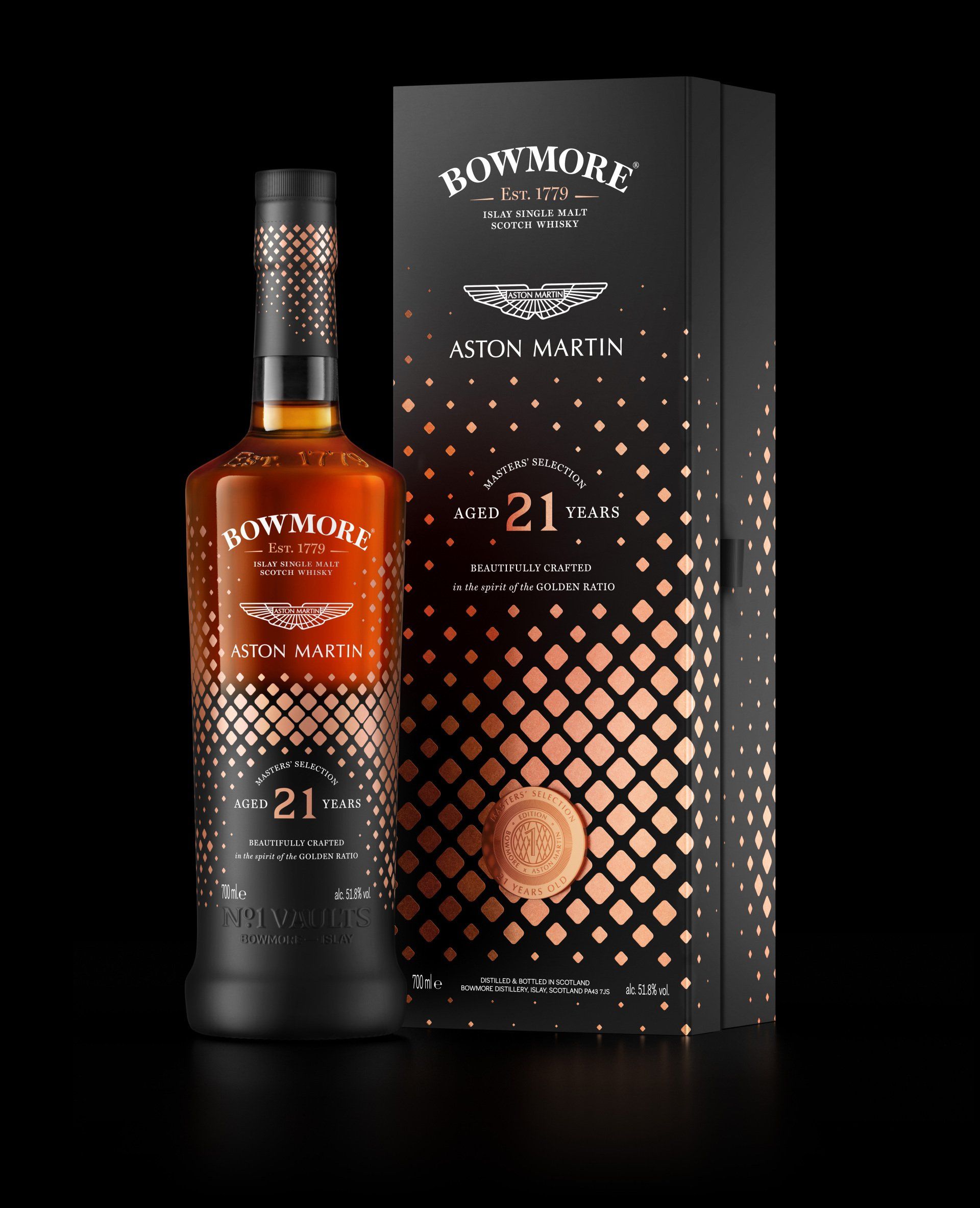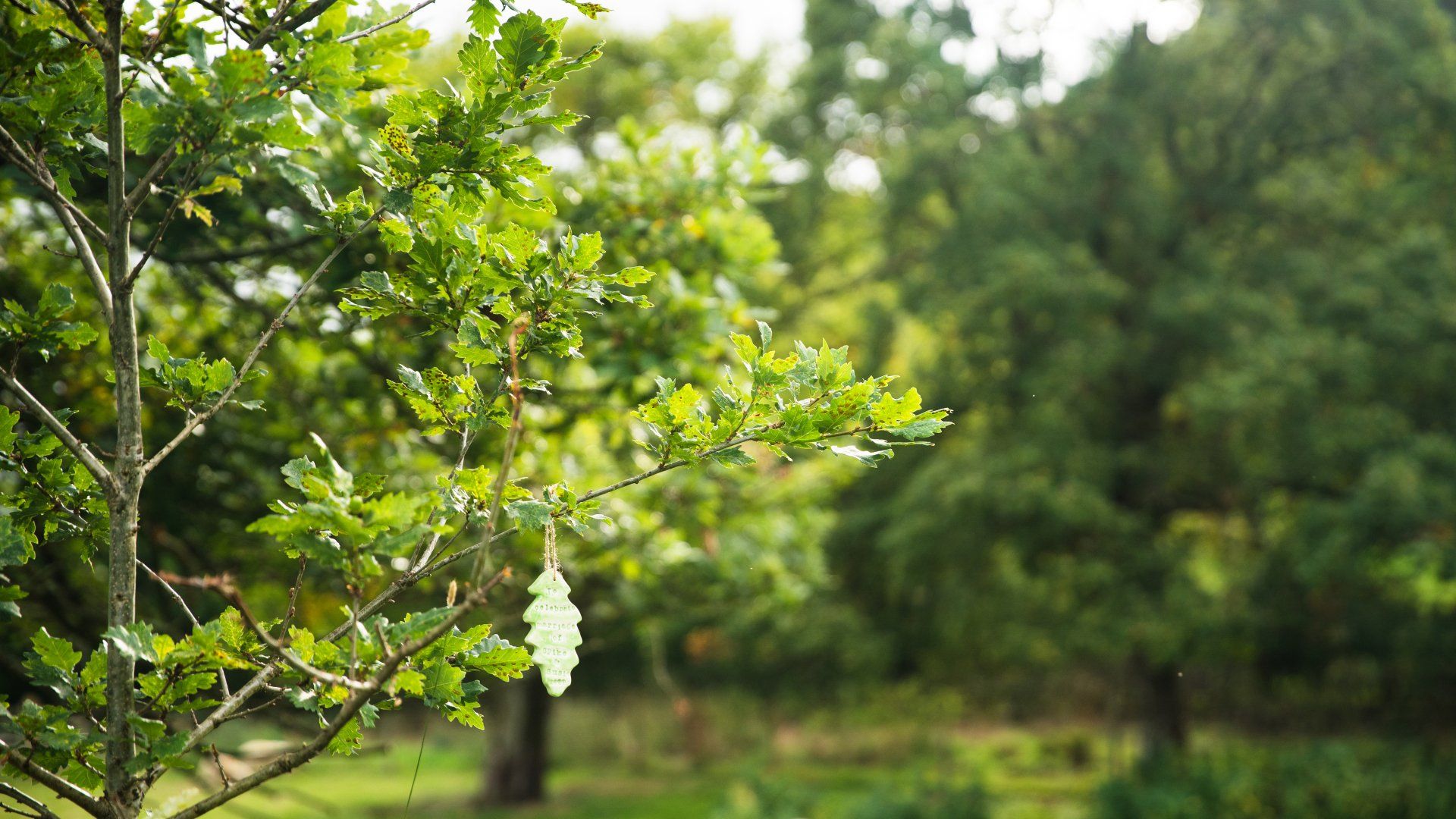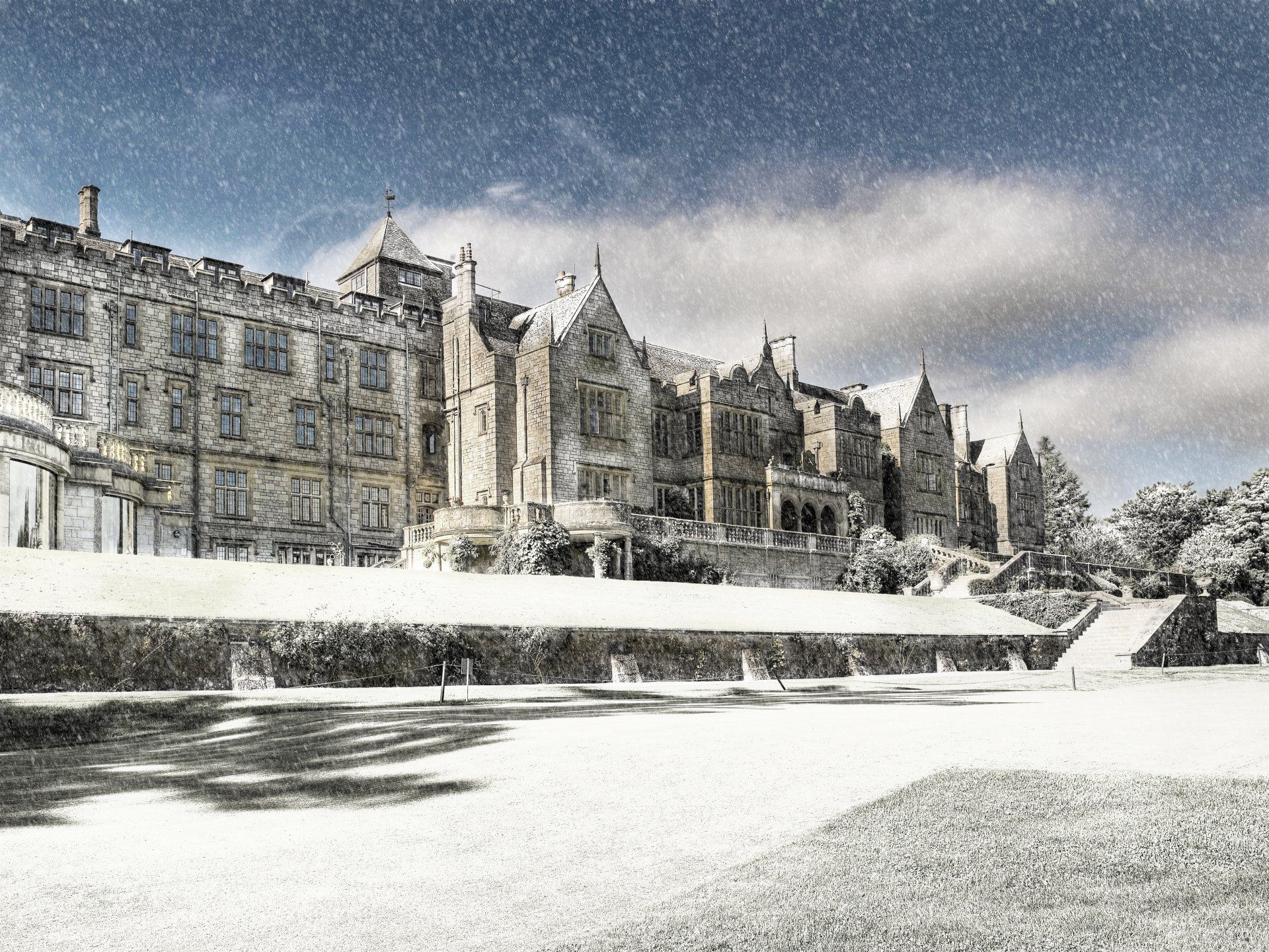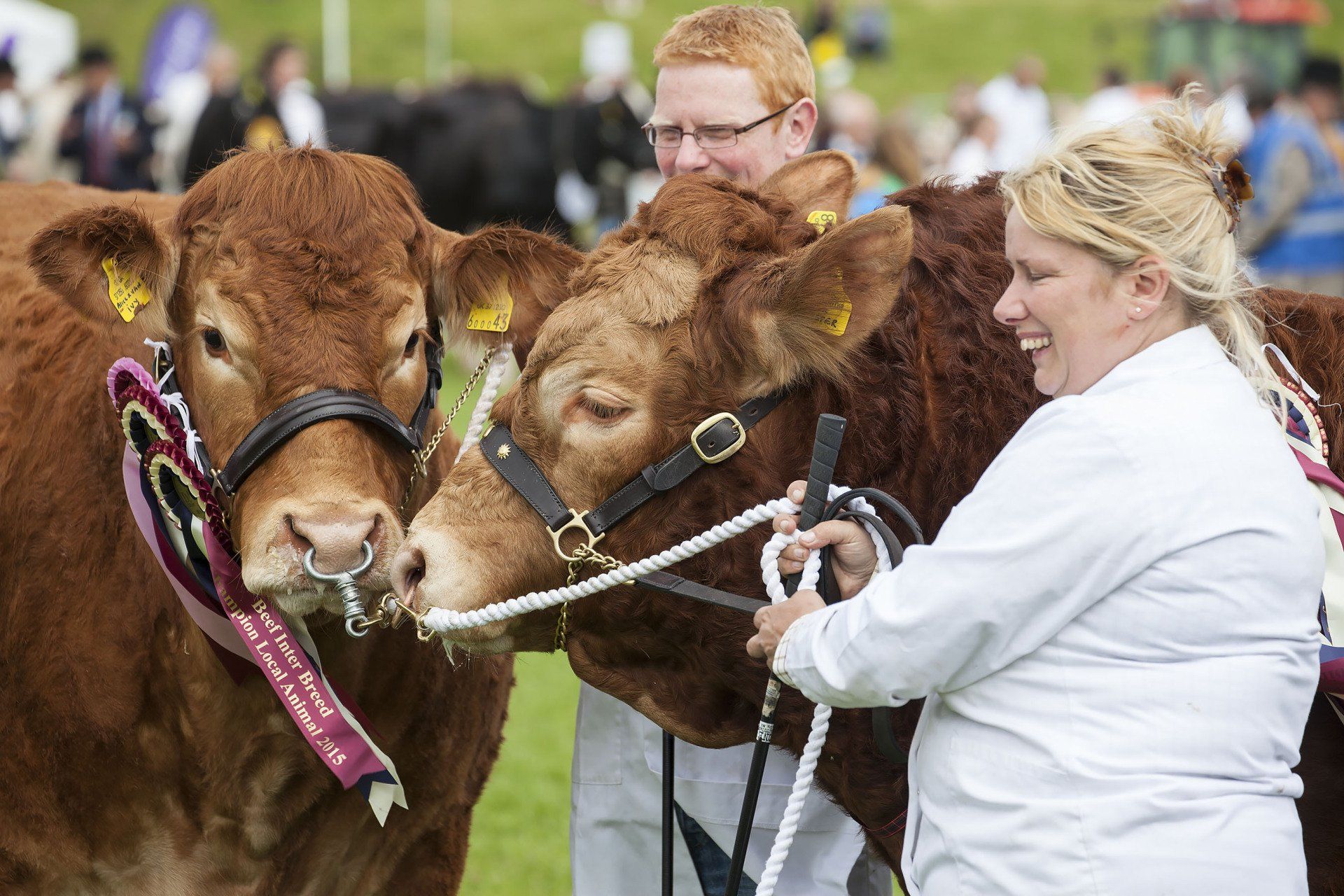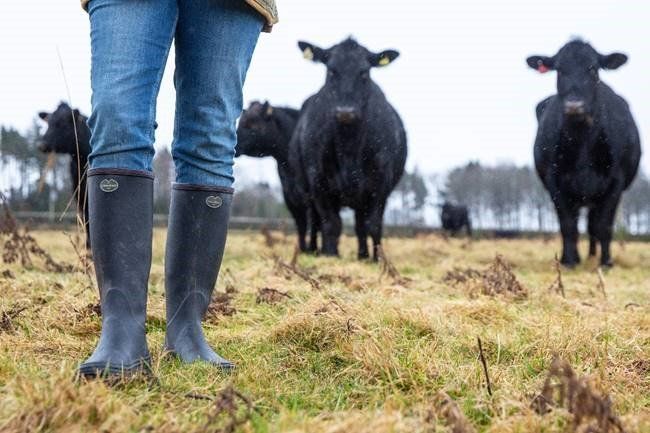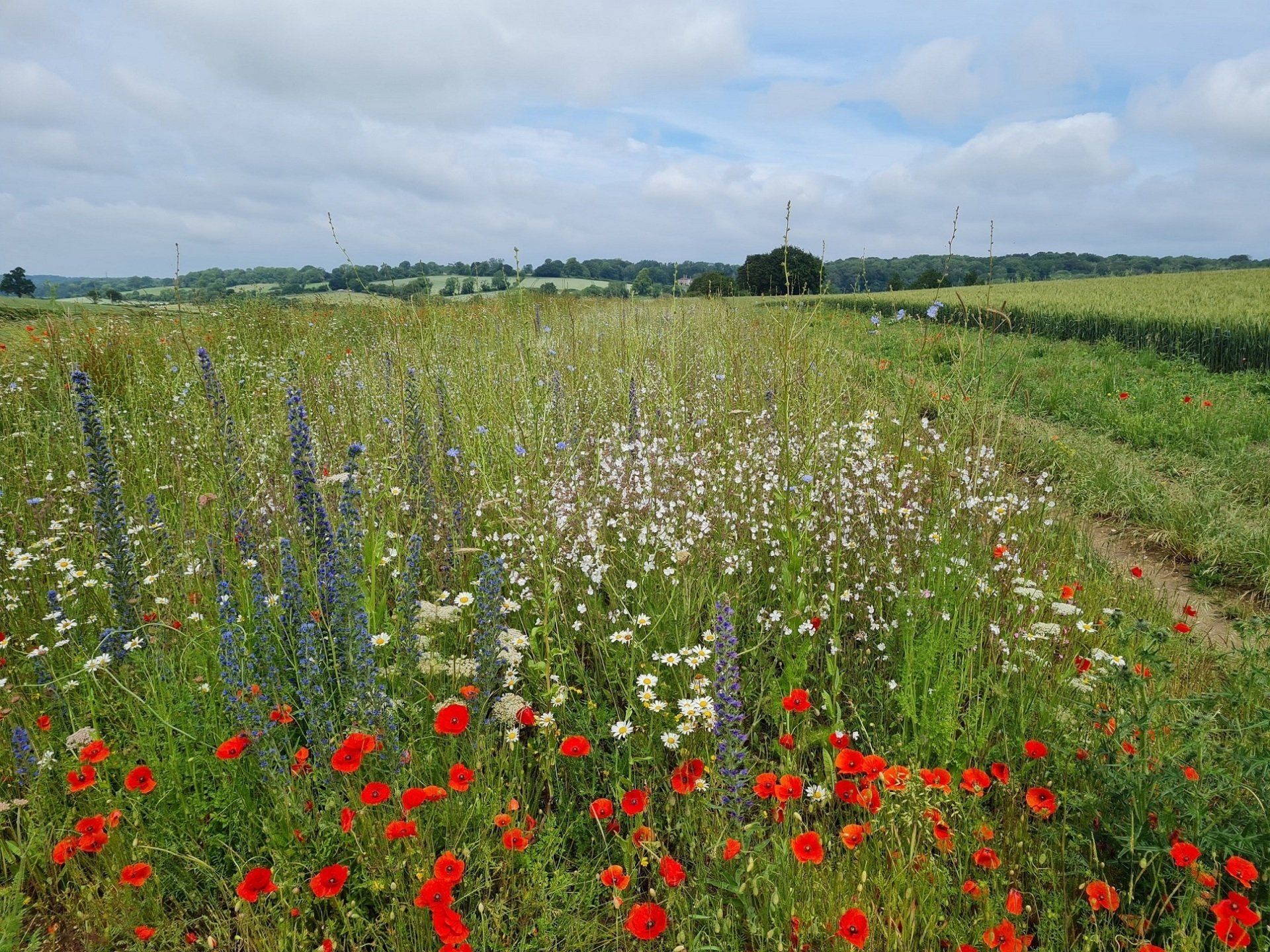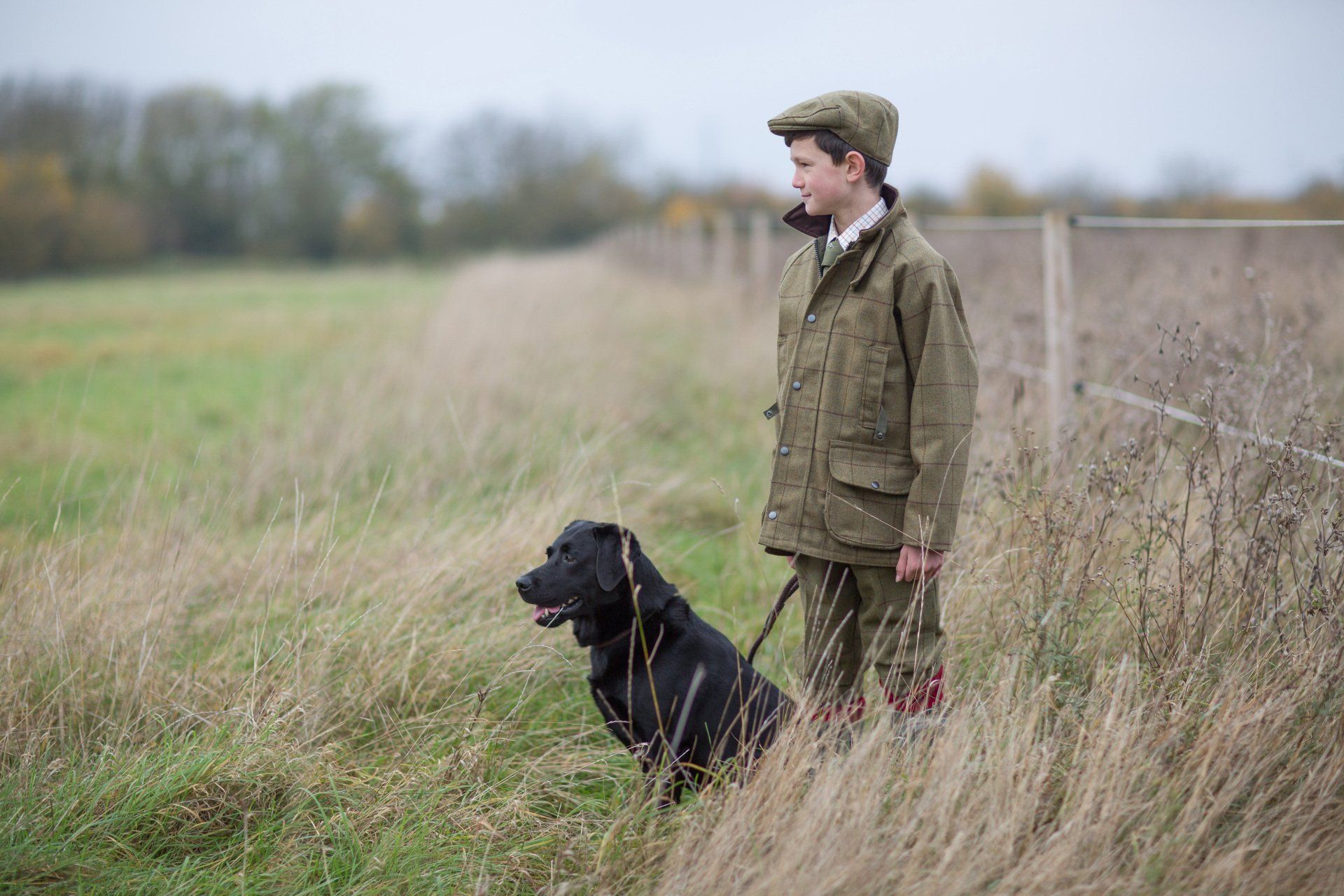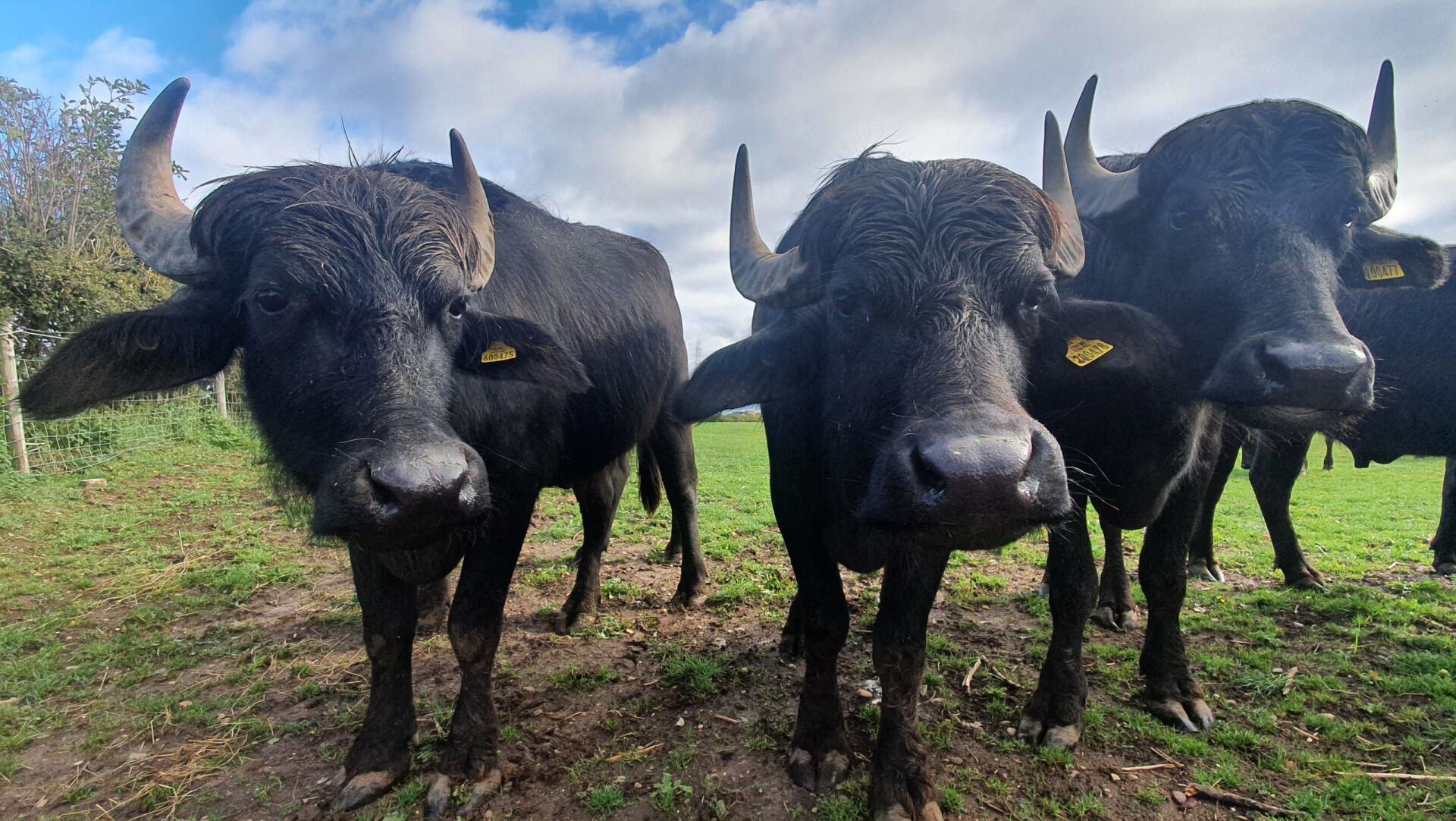The Shetland Pony: A Fascinating Journey Through History
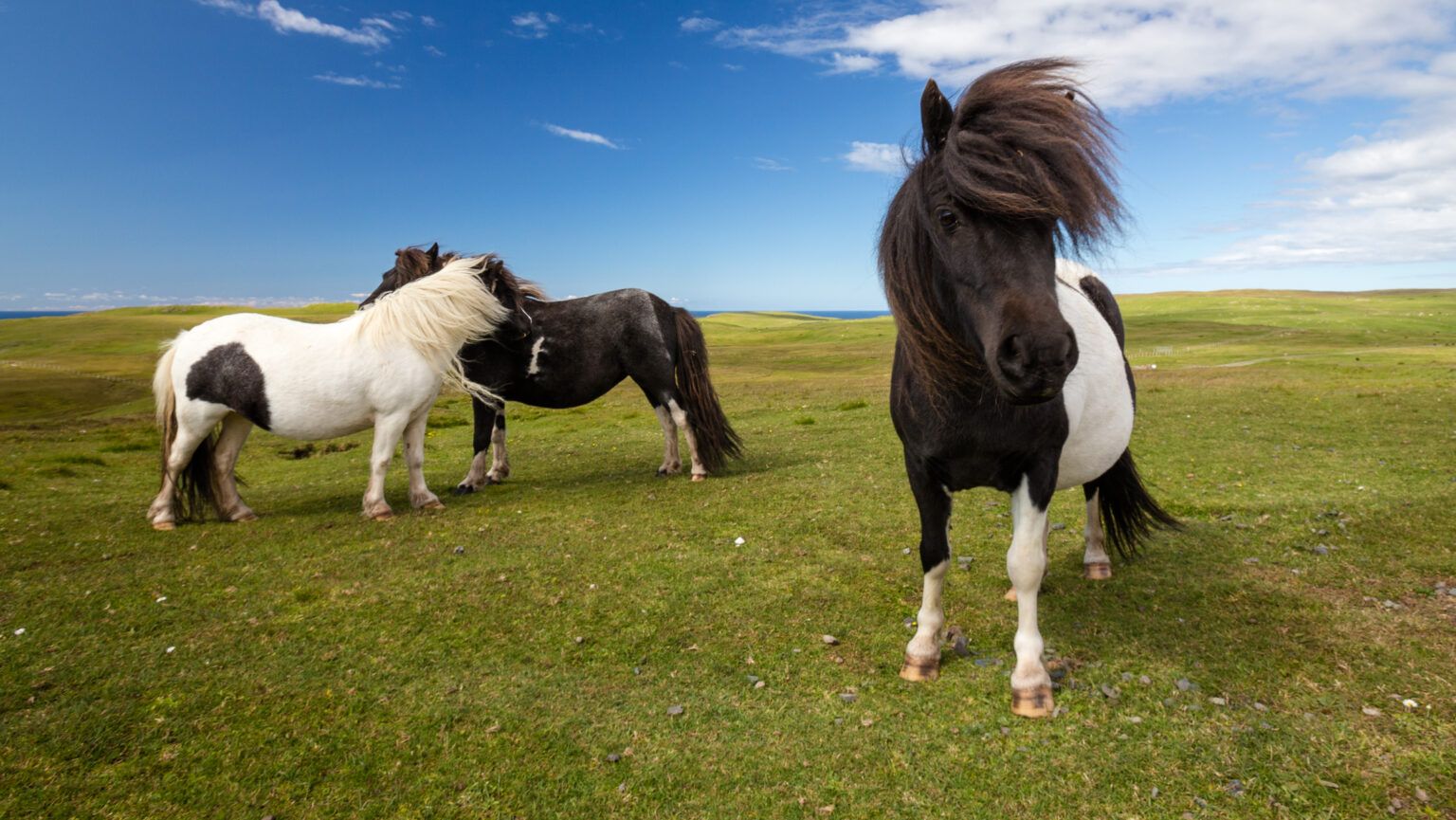
The Shetland Pony, with its charming appearance and endearing personality, is a beloved equine breed that has captivated horse enthusiasts for centuries.
Originating from the remote Shetland Islands of Scotland, these sturdy and resilient ponies have an intriguing history that stretches back thousands of years. Join us on a journey through time as we explore the fascinating story of the Shetland Pony, from its ancient origins to its present-day prominence.
Ancient Origins of the Shetland Pony
The roots of the Shetland Pony can be traced back to prehistoric times when small horses roamed the rugged landscapes of northern Europe. Archaeological evidence suggests that the Shetland Pony’s ancestors arrived in the Shetland Islands over 4,000 years ago.
These ancient equines adapted to the challenging environment, surviving on the island’s sparse vegetation and enduring harsh weather conditions. Over generations, they developed a unique set of characteristics, such as their small stature, sturdy build, and thick double coat, which allowed them to thrive in their isolated habitat.
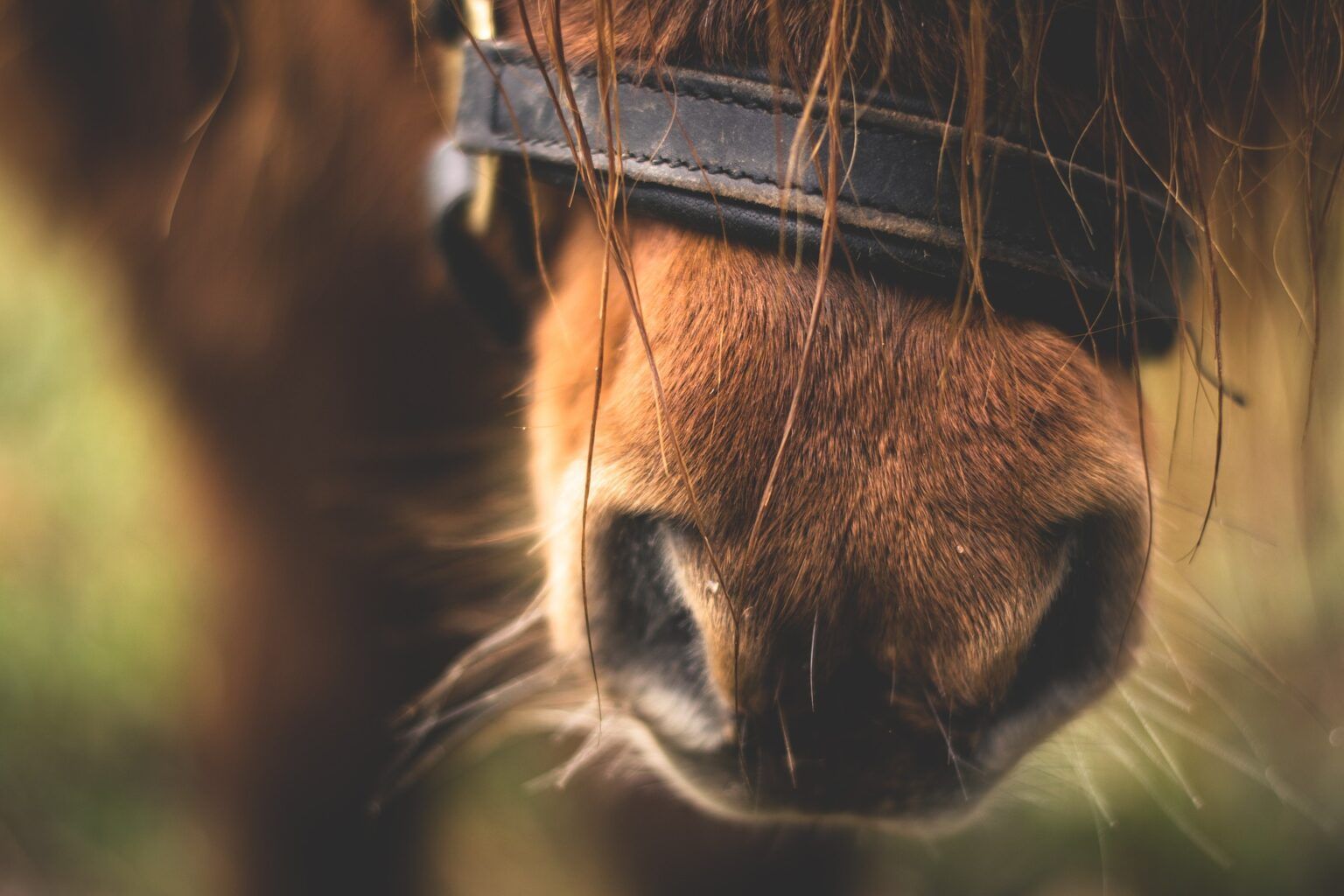
Viking Influence
During the Viking Age, which lasted from the 8th to the 11th century, the Norsemen arrived in the Shetland Islands. These seafaring warriors brought with them their own horses, which interbred with the local ponies, influencing the breed’s development.
The Viking’s horses were larger than the native ponies, and this infusion of new blood contributed to an increase in size and strength among the Shetland Ponies. It was during this period that the ponies began to be utilized for practical purposes, such as carrying loads and pulling carts.
Industrial Revolution and Global Recognition
In the 19th century, the Industrial Revolution had a profound impact on the Shetland Pony. With the rise of coal and iron mining, as well as the growth of urban centers, the demand for strong, small horses increased. Shetland Ponies proved invaluable in the coal mines, where their compact size allowed them to navigate the narrow tunnels and haul loads. Their adaptability and endurance made them ideal working animals in the bustling industrial landscape.
During this time, the Shetland Pony also gained international recognition. Their reputation spread, and they became sought-after as children’s ponies and show animals. Their intelligence, gentle temperament, and appealing appearance made them popular companions for young riders.
These ponies began to be exported to various parts of the world, including the United States, where they quickly captured the hearts of equestrians.
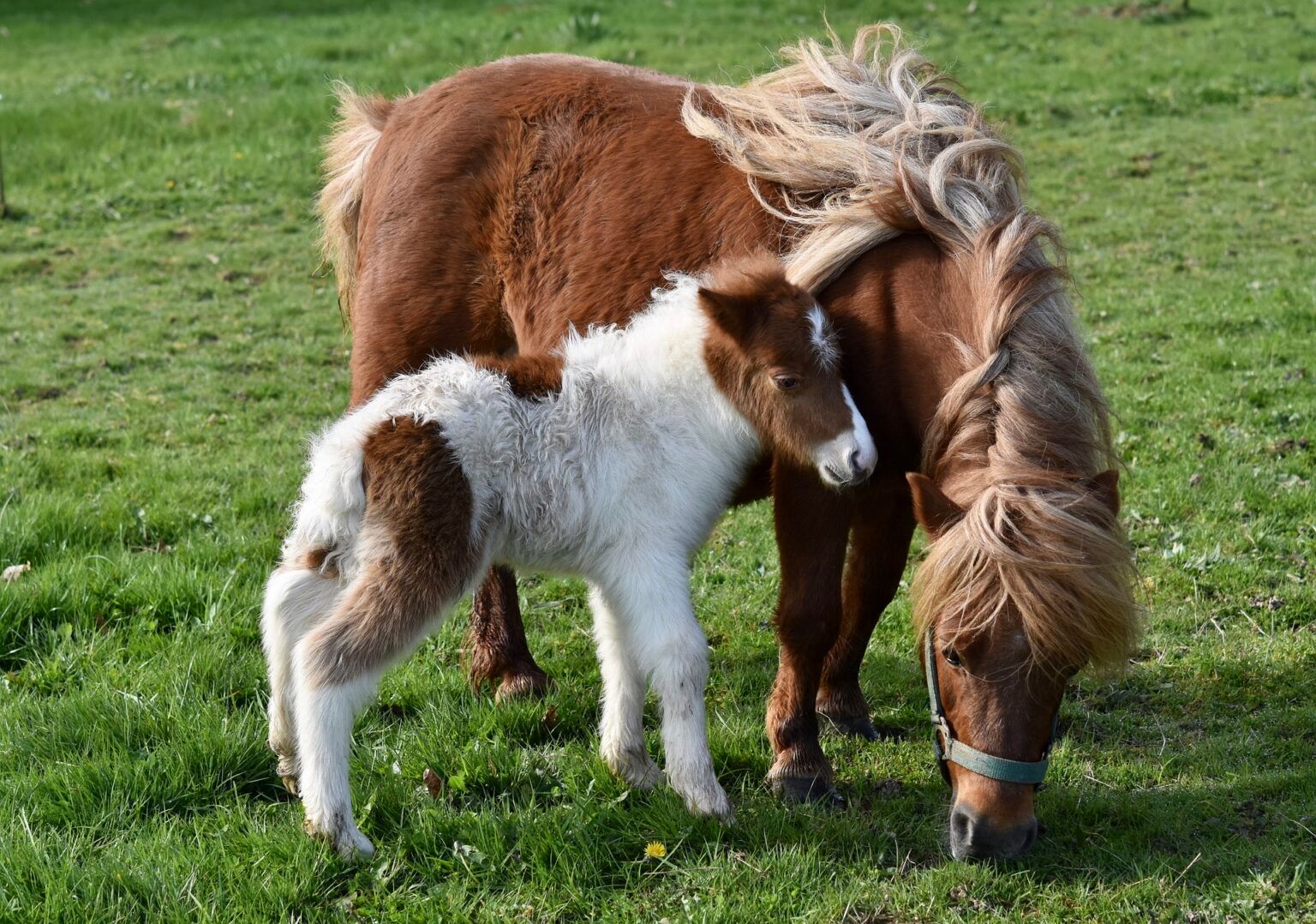
Modern-Day Conservation of the Shetland Pony
In the 20th century, the Shetland Pony faced several challenges. The mechanization of industries diminished their role as working animals, and their population dwindled. Concerned about the breed’s decline, dedicated breeders and enthusiasts took steps to preserve and protect the Shetland Pony. Organizations were established, breed standards were set, and studbooks were created to ensure the breed’s purity and maintain its distinct characteristics.
Today, the Shetland Pony is recognized as one of the world’s oldest and most distinct equine breeds. It is admired for its versatility, whether as a companion animal, a therapy horse, or a competitive show pony. Despite its small size, the Shetland Pony exhibits remarkable strength, agility, and intelligence. It continues to enchant riders of all ages and remains an enduring symbol of the Shetland Islands.
The history of the Shetland Pony is a testament to the endurance and resilience of this remarkable breed. From its ancient origins on the Shetland Islands to its global recognition as a beloved companion and show pony, the Shetland Pony has withstood the test of time.
In recent years, efforts have been made to promote the conservation and welfare of the Shetland Pony. Breeders and organizations have focused on responsible breeding practices, ensuring the health and well-being of these ponies. Additionally, education programs have been implemented to raise awareness about the breed and its unique characteristics, fostering a deeper understanding and appreciation among enthusiasts and the general public.
The Shetland Pony has also found a place in therapeutic settings. Their gentle nature and small size make them ideal for equine-assisted therapy programs, where they provide emotional support and help individuals with physical, mental, and emotional challenges to improve their well-being.
In the show ring, Shetland Ponies continue to shine. They participate in various disciplines, including driving, dressage, jumping, and in-hand showing. Their agility, grace, and eye-catching appearance make them a favourite among judges and spectators alike. Shetland Pony shows and competitions are held worldwide, allowing breeders and owners to showcase their prized ponies and celebrate the breed’s rich heritage.
Furthermore, the Shetland Pony has become an important part of cultural events and traditions in the Shetland Islands. During the annual Shetland Pony Grand National, young jockeys compete in races riding Shetland Ponies, showcasing the breed’s agility and speed. These events draw visitors from far and wide, providing an economic boost to the local communities and reinforcing the deep bond between the Shetland Islands and their iconic ponies.
In conclusion, the history of the Shetland Pony is a captivating tale that spans thousands of years. From its humble beginnings as a hardy and resourceful island dweller to its global recognition and cherished status as a companion, therapy, and show pony, the Shetland Pony has left an indelible mark on the equestrian world. With its endearing nature, adaptability, and enduring charm, it continues to capture the hearts of horse enthusiasts. It stands as a testament to the rich heritage and cultural significance of the Shetland Islands.
Read more:
-
Point to Point: How to get involved
Button -
“As an island nation, we need to eat more sustainable fish and seafood”
Button -
John Deere Presents New Self-Propelled Sprayer, the 300M
Button -
The History of Highland Cattle: Guardians of Scotland's Pastures
Button -
The Shire Horse in Britain: A Fascinating History
Button -
Farlows Group Ltd commitment to sustainability
Button -
The Glenturret Lalique With Mark Donald
Button -
Easter Hampers and Gifting from DukesHill
Button -
BLEU DE CHAUFFE x LE CHAMEAU
Button -
Easter Treats from DukesHill
Button -
DukesHill’s Easter Chocolate Selection
Button -
Winter Wonders: Creating a Wildlife Haven in Your Garden
Button -
John Deere enrols 86 new agriculture, turf and parts apprentices
Button -
The Enduring Legacy of Shooting Sports in the UK
Button -
WARING BROOKE brings a ‘make-while-you-wait’ service to the high street
Button -
The UK Thrives Off Charity
Button -
Blossoming Dreams: A Guide to Winter Garden Planning for a Vibrant Spring
Button -
John Lewis Partnership announces partnership with WWF
Button -
The Art of the Handwritten Note
Button -
How to Hack your way to Health
Button -
Best Heavyweight Turnout
Button -
New GR Sport II to take Toyota Hilux to new heights
Button -
24 hours in the lambing shed
Button -
Wonderful Grade II-Listed country house in Suffolk is your countryside dream: For sale £2,000,000
Button -
The true magnificence of Bovey Castle
Button -
“Without farmers and fishermen, there is simply no food”
Button -
Going back to its origins: World premiere of the all-new Toyota Land Cruiser
Button -
AGRIFEST RETURNS TO WESTPOINT ON NOVEMBER 8TH
Button -
BRITISH PLOUGHING IS A FAMILY AFFAIR
Button -
Alan Paine’s country wear Autumn | Winter 23 Collection
Button -
Estate’s Natural Burial Ground recognised as one of the best in the North West
Button -
Best wellies: 7 of the best Wellington Boots
Button -
Who are Haybrook & Co?
Button -
Illegal killing major cause of death in Hen Harriers
Button -
Discover Prestige Sporting
Button -
Ban foreign soil imports to help save British wildlife
Button -
Historic Cornish Estate with Georgian Manor House, 233 acres and Cross Country Course, Available for the First Time in 99 Years!
Button -
RBST Watchlist 2023
Button -
The Game Fair celebrates 65th anniversary this year
Button -
Scientists weed out harmful genes to breed better potatoes
Button -
How observing the wandering twilight flights of woodcock will help inform conservation policy for Red-listed bird
Button -
National Trust calls on its 100-strong mowing team to help boost nature in landscape scale project
Button -
BRITISH HORSE FEEDS SPONSOR TROT UP AT BLENHEIM PALACE INTERNATIONAL HORSE TRIALS
Button -
THE GAME FAIR SET TO SHOWCASE MINORITY BREED GUNDOGS IN AN EXCITING NEW COMPETITION
Button -
JOULES RETURNS TO BADMINTON HORSE TRIALS
Button -
THE COUNTRY DUCK CO
Button -
BIG PLANS AFOOT FOR DEVON COUNTY SHOW 2023
Button -
Badminton Horse Trials: From Royals to Thrills
Button -
A day in the life of a fly fishing instructor
Button -
Are meat boxes the sustainable future of farming?
Button -
Training your Gundog puppy
Button -
Bicton Arena
Button -
Handcrafted Traditional Walking sticks by Nick Croxall
Button -
Spring Feeding and Preventing Laminitis
Button -
INTRODUCING WEST LONDON SHOOTING SCHOOL
Button -
THE RICH AND ILLUSTRIOUS SANTA ANA GIN
Button -
“Food Means Different Things To Different People”
Button -
GIFT A PIONEERING SPIRIT, THIS FATHER’S DAY WITH BUSHMILLS
Button -
AW22 by sustainable knitwear brand Waring Brooke
Button -
GIVE YOURBEST FRIEND AN EXTRA LAYE OF WARMTH AND STYLE
Button -
THE LADIES MACNAB CHALLENGE
Button -
BUYING YOUR FIRST GUN WITH WILLIAM EVANS
Button -
RHUG ESTATE: THE SUSTAINABLE WAY
Button -
THE EXTINCTION CLOCK APPROACHES MIDNIGHT FOR SCOTLAND’S CAPERCAILLIE
Button -
FAIRFAX & FAVOR X LE CHAMEAU: L ’Alliance
Button -
RIGBY UNVEILS NEW LIMITED EDITION FALLING BLOCK RIFLE
Button -
GWCT ‘HONOURED’ AS HRH THE PRINCE OF WALES TAKES ON PATRONAGE HELD BY HIS FATHER FOR 48 YEARS
Button -
JOIN JOHN RIGBY & ACO. AT THE GAME FAIR 2022
Button -
TEAM ENGLAND CLAIMS THE CROWN IN A THRILLING FOUR NATIONS INTERNATIONAL GUNDOG COMPETITION
Button -
TOP DOG: DAVE KEMP INTERVIEW
Button -
BOVINE TB: A POLITICAL DISEASE
Button -
NEOS GRENADIER STARTS AT JUST £49,000
Button -
THE COUNTRY FOOD TRUST UKRAINE APPEAL
Button -
COWDRAY PARK POLO CLUB ANNOUNCES EXCLUSIVE PARTNERSHIP WITH NO.3 GIN
Button -
DOES YOUR HORSE NEED A DISTRACTION?
Button -
BOSS & CO REIMAGINES ITS FAMOUS SIDE-BY-SIDE SHOTGUN
Button -
THE GAME FAIR GEARS UP FOR A CELEBRITY SUMMER WITH JB GILL, AMANDA OWEN AND JAMES MARTIN
Button -
BE PART OF HISTORY AT THIS YEAR’S FAIRFAX & FAVOR ROCKINGHAM INTERNATIONAL HORSE TRIALS
Button -
THE RSPB CALLS FOR EVERYONE TO JOIN THE WILDLIFE-PLANTING REVOLUTION
Button -
THE GAME FAIR PARTNERS WITH WOODLAND TRUST ON LARGE-SCALE TREE-PLANTING TARGET
Button -
FROM PUPPY TO PEG: WOODCOTES GUNDOGS
Photo by: John DoeButton -
OFFICIAL CHARITIES ANNOUNCED FOR 2022 ROYAL CORNWALL SHOW
Button -
SOUTH DEVONS NATIONAL SHOW TO BE HELD ON HOME TURF AT DEVON COUNTY SHOW 2022
Button -
LONGTHORNE TITANIUM BARRELS, ANOTHER WORLD FIRST
Button -
BOWMORE® MASTERS’ SELECTION UNITES THE WORLDS OF WHISKY MAKING AND AUTOMOTIVE DESIGN
Button -
RSPB CREATES NEW CELEBRATION WOOD IN LAKE DISTRICT NATIONAL PARK
Button -
WILD BOY TURNED WINE MAN CREATES ART YOU CAN DRINK
Photo By: John DoeButton -
BOVEY CASTLE: THE ALL-YEAR ROUND COUNTRY ESCAPE
Button -
PUB IS THE HUB SUPPORTS WELSH PUBS TO OFFER NEW ESSENTIAL SERVICES AFTER AWARDED NEW £25K GRANT
Button -
JOHN DEERE AND XARVIO® DIGITAL FARMING SOLUTIONS WORK TOGETHER
Button -
MORRISONS TRIALS SEAWEED ANIMAL FEED FOR MORE CLIMATE-FRIENDLY COWS
Button -
Mole Valley Farmers Headline Sponsorship of Devon County Show
Photo By: John DoeButton -
NUTRITION FOR DOGS: BY ZOE RUSSELL, NUTRITIONAL OFFICER FOR SKINNER’S
Button -
LE CHAMEAU RAISES OVER £28,000 FOR THE PRINCE’S COUNTRYSIDE FUND THROUGH ‘IMPERFECTS’ INITIATIVE
Button -
DEFRA-APPROVED 10-YEAR WILDLIFE PLOT MIX WILL HELP FARMERS MAKE SPACE FOR NATURE
Button -
VALTRA'S NEW N SERIES AND T SERIES TRACTORS
Photo By: John DoeButton -
MATTWELLYN WATER BUFFALO
Button

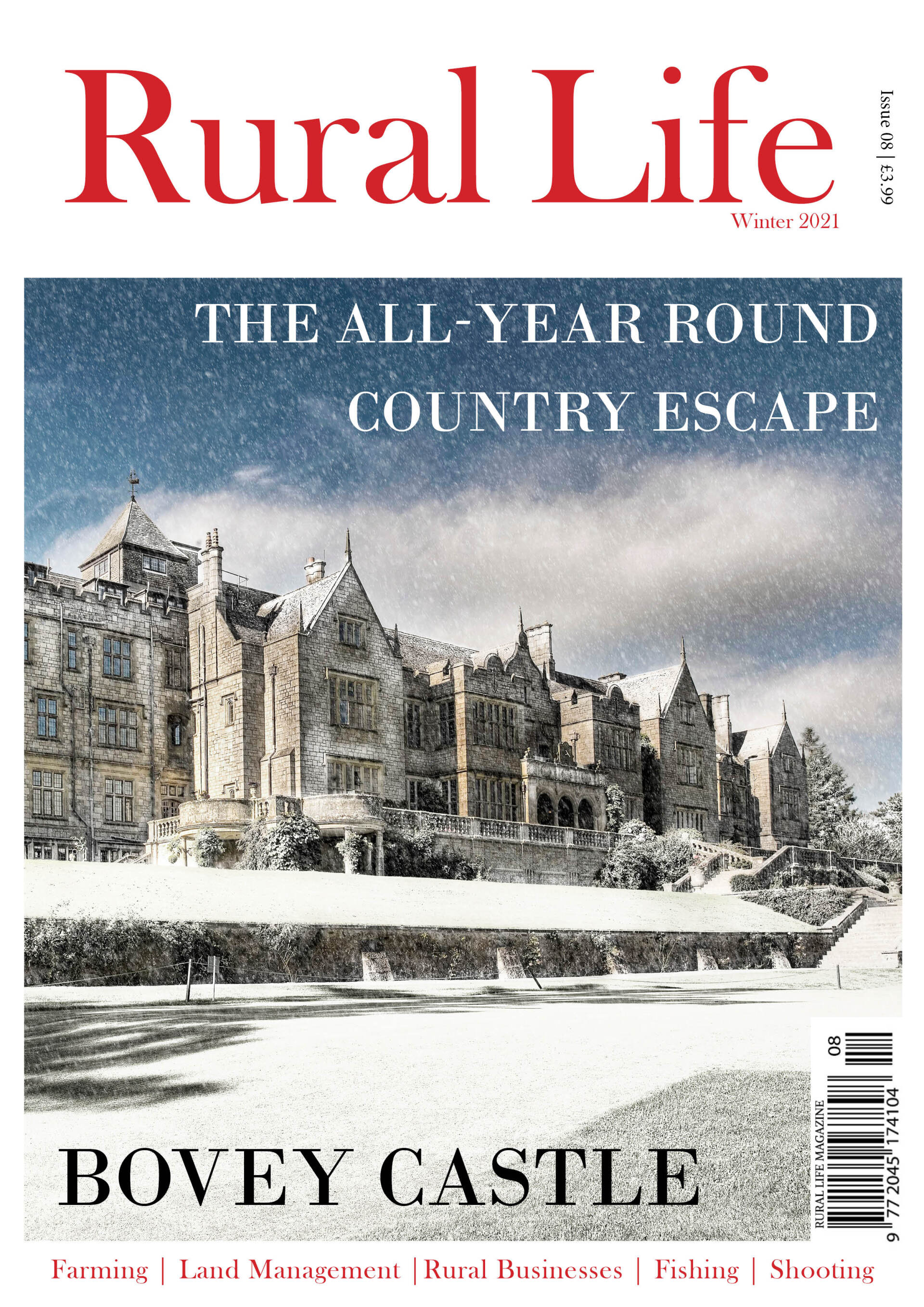

Contact Us
Contact Us
Thank you for contacting us.
We will get back to you as soon as possible
- Rural Life
Please try again later

